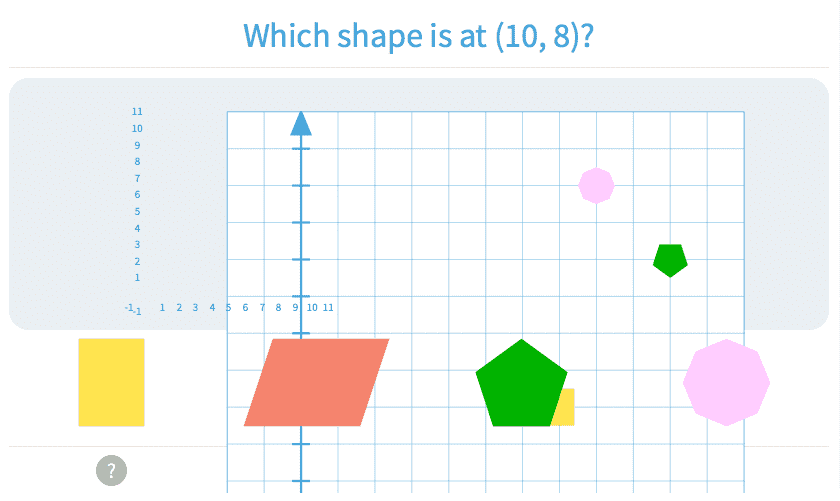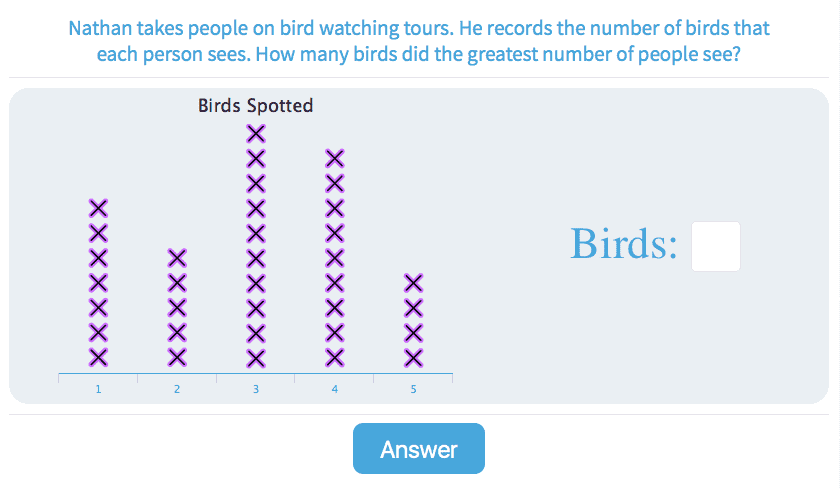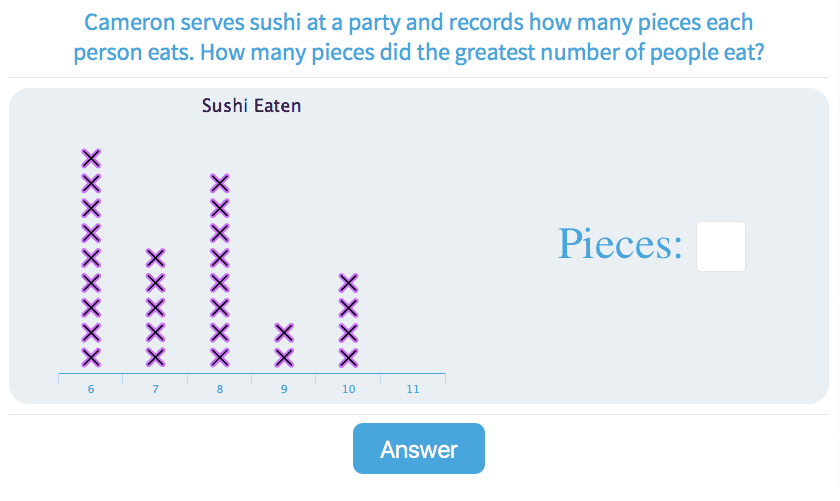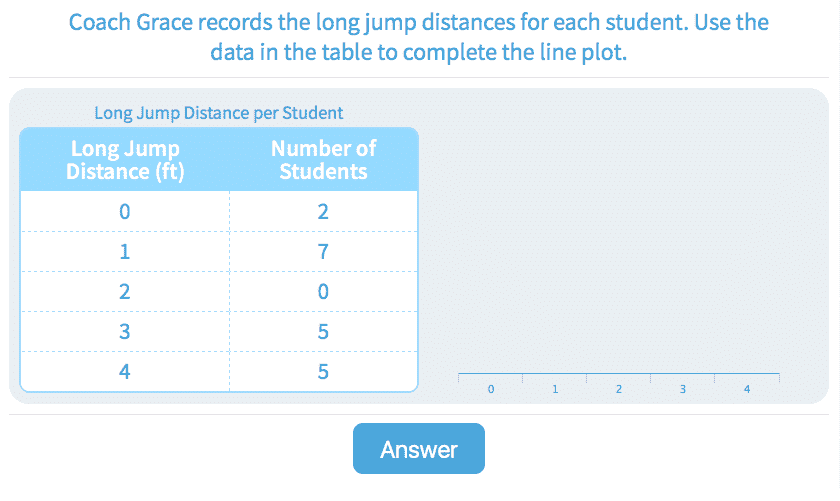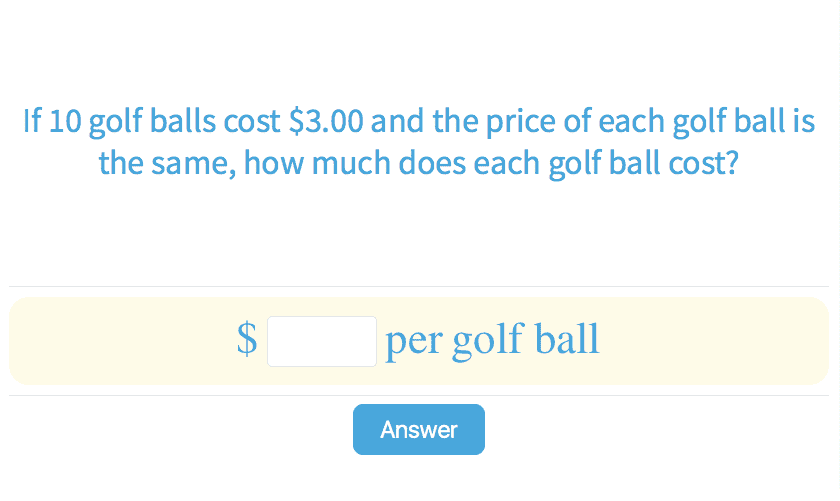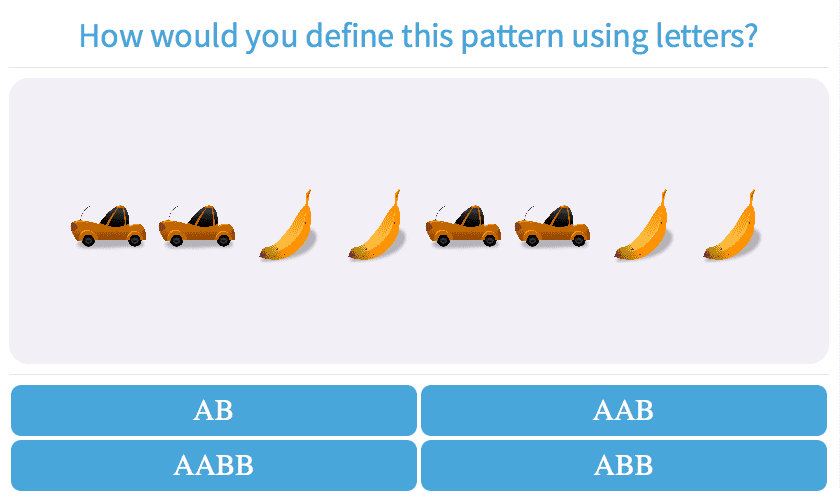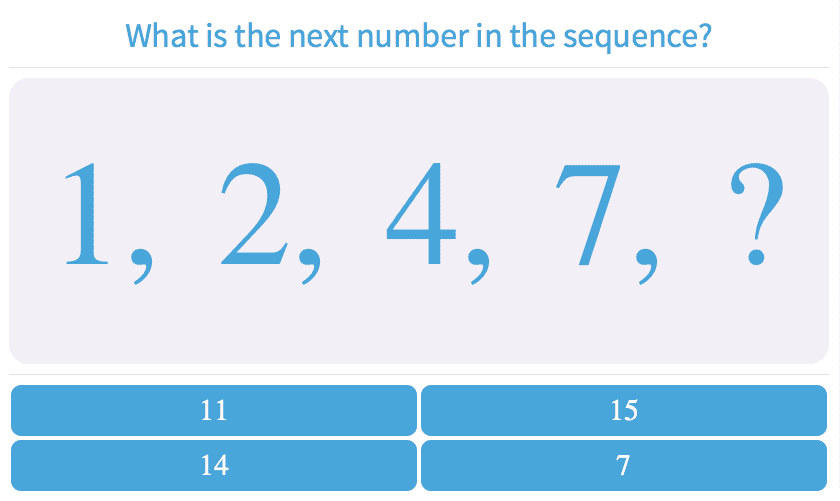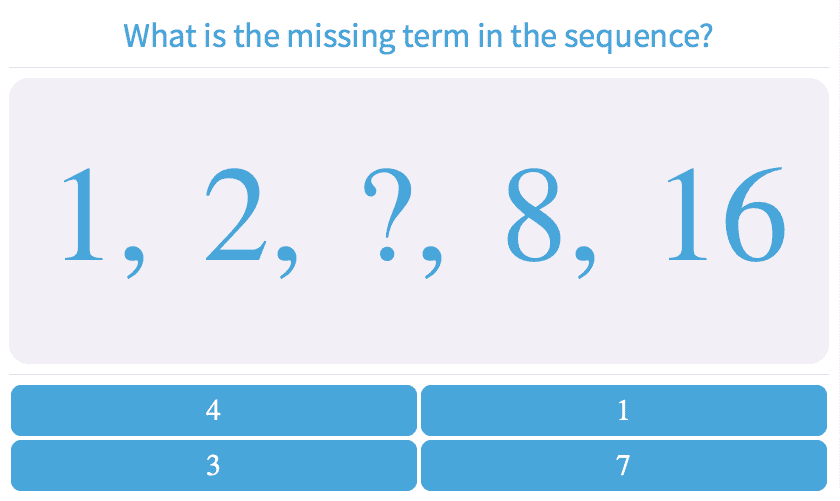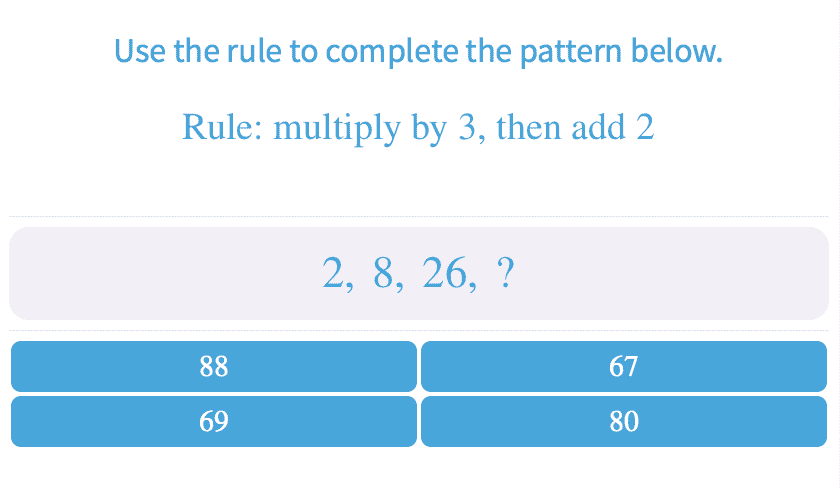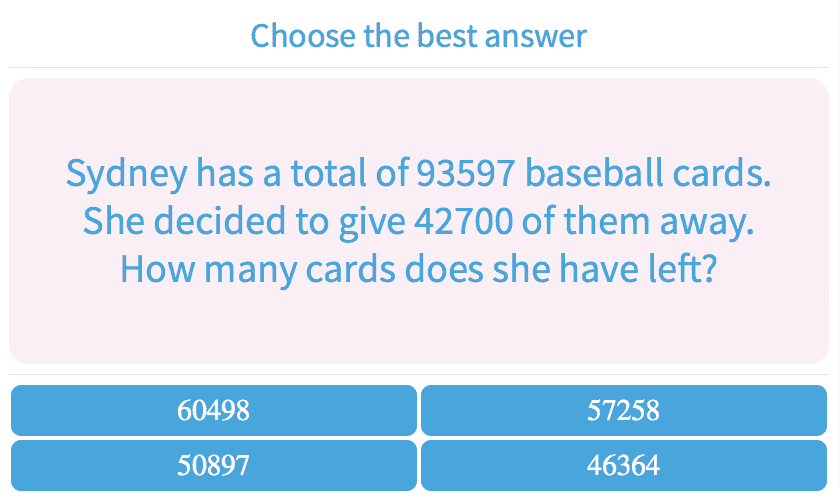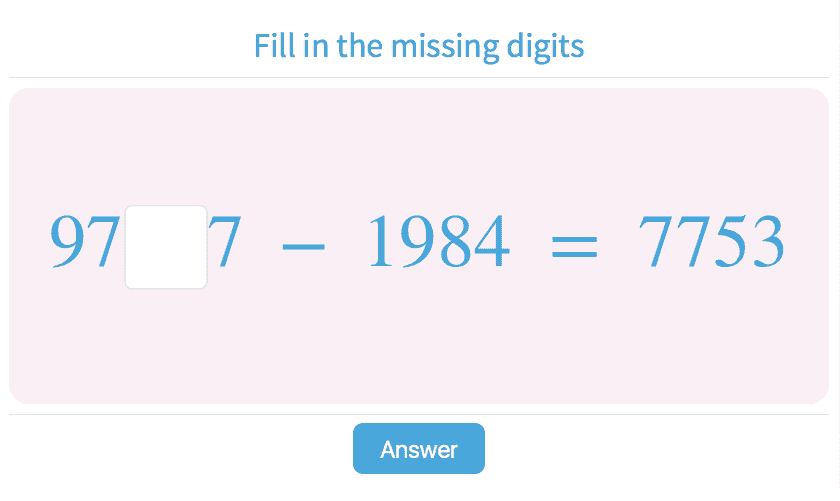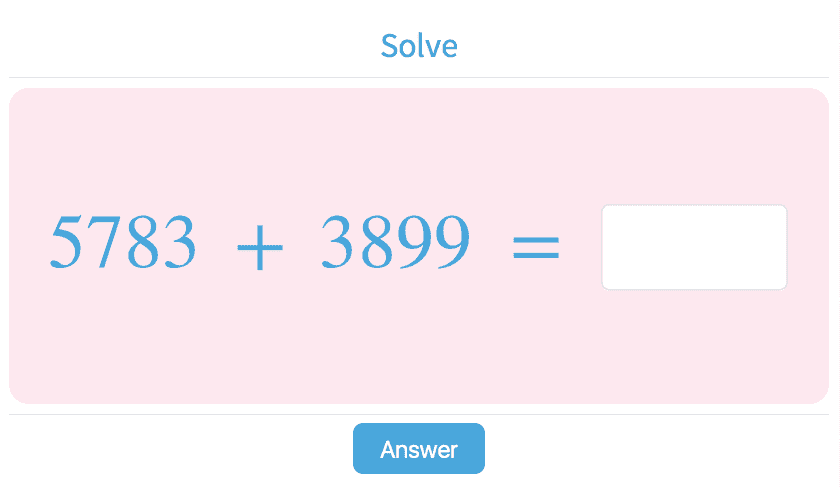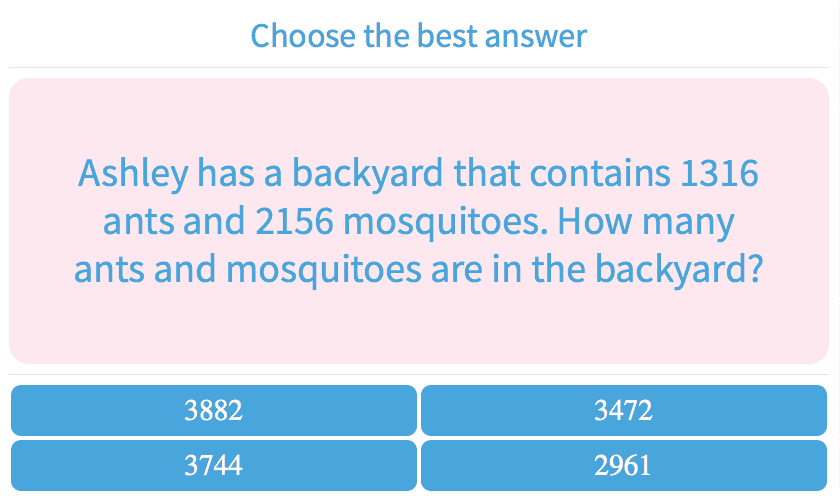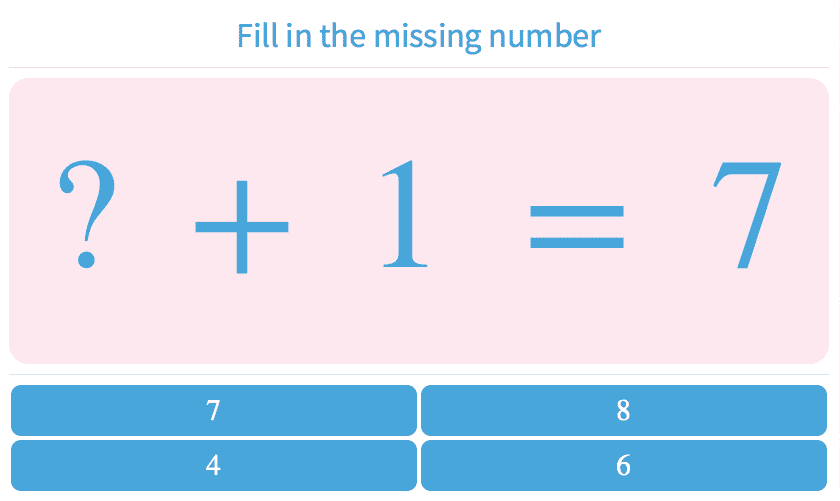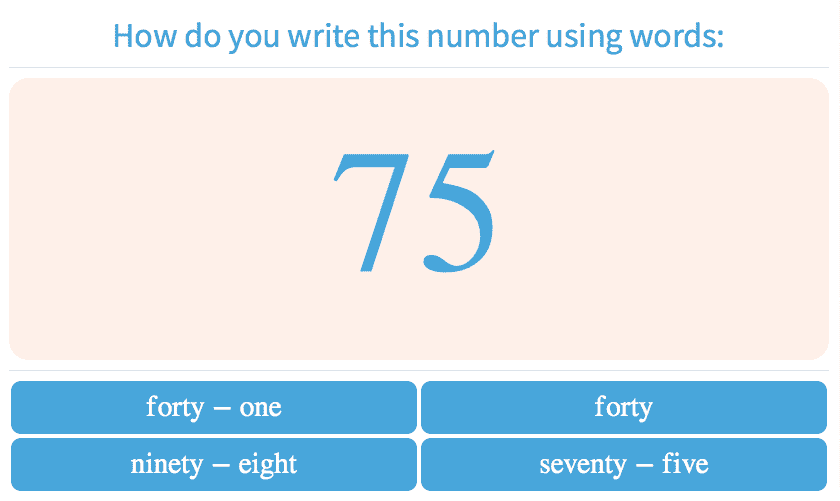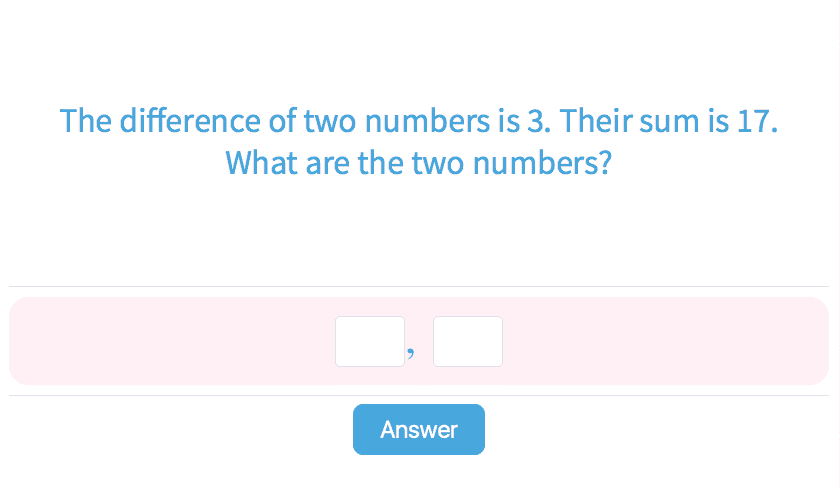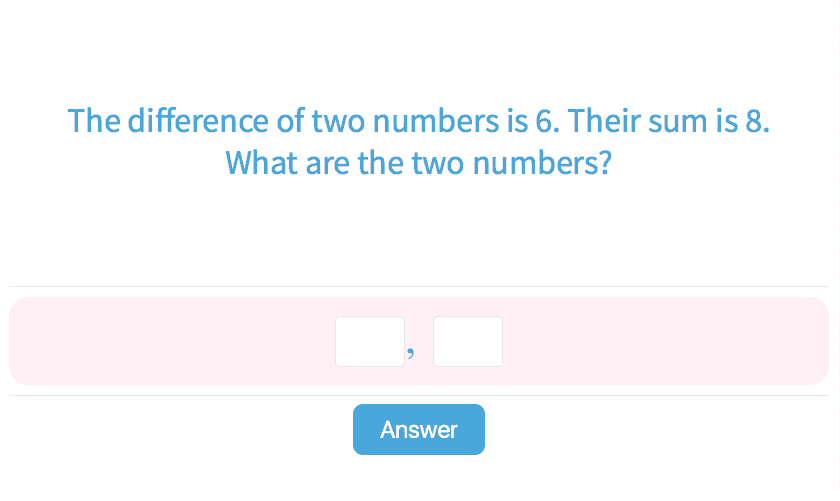-
4Grade 4 Worksheets
-
Geometry
-
4.1Lines, Line Segments and Rays
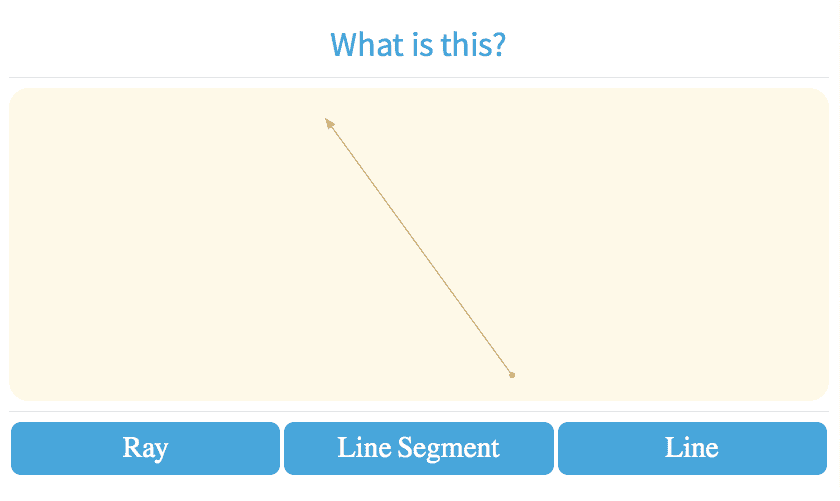
-
4.2Parallel, Perpendicular, Intersecting
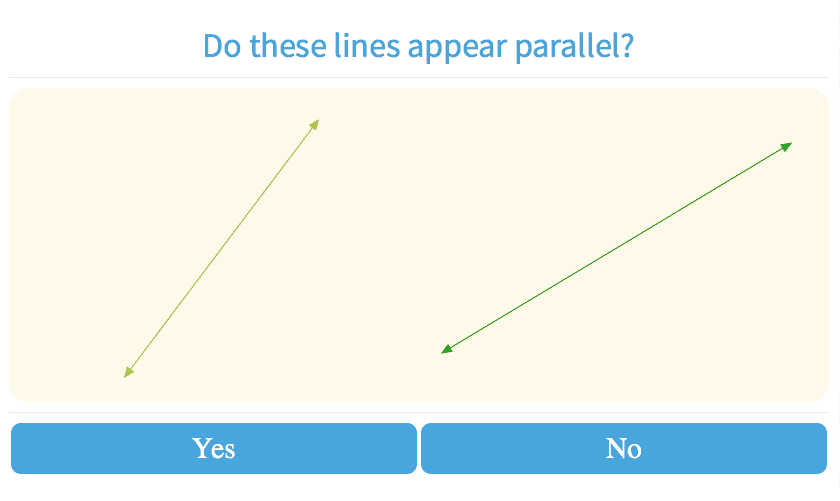
-
4.3Acute, Right, Obtuse, and Straight Angles
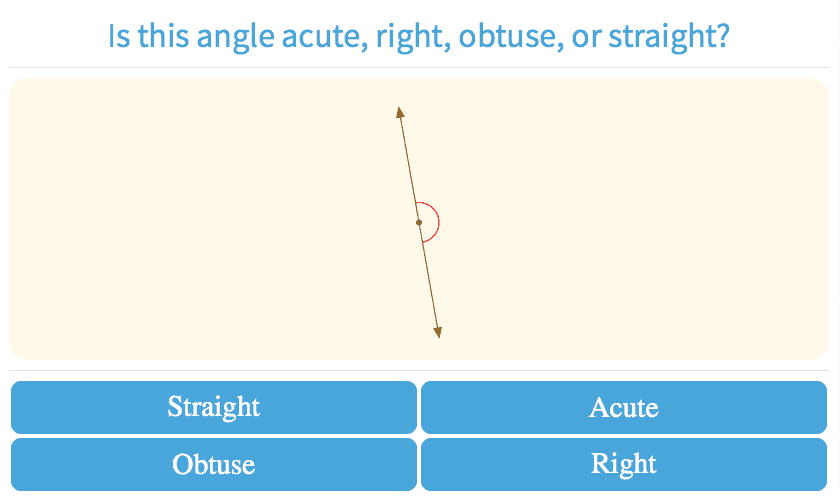
-
4.4Types of Triangles
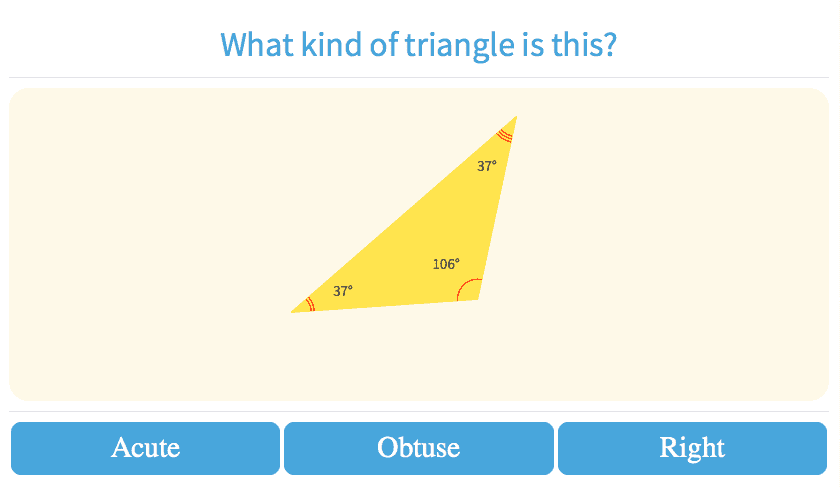
-
4.5Classify Quadrilateral Shapes
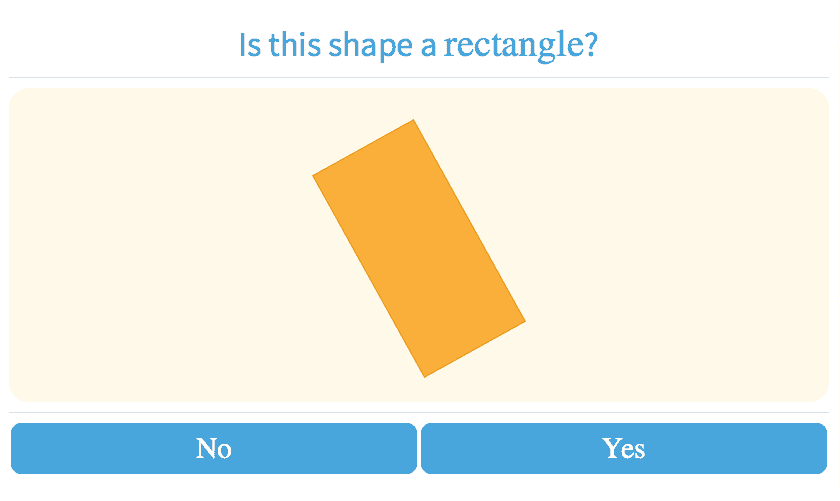
-
4.6Symmetry

-
4.28Use Area and Perimeter to Determine the Cost
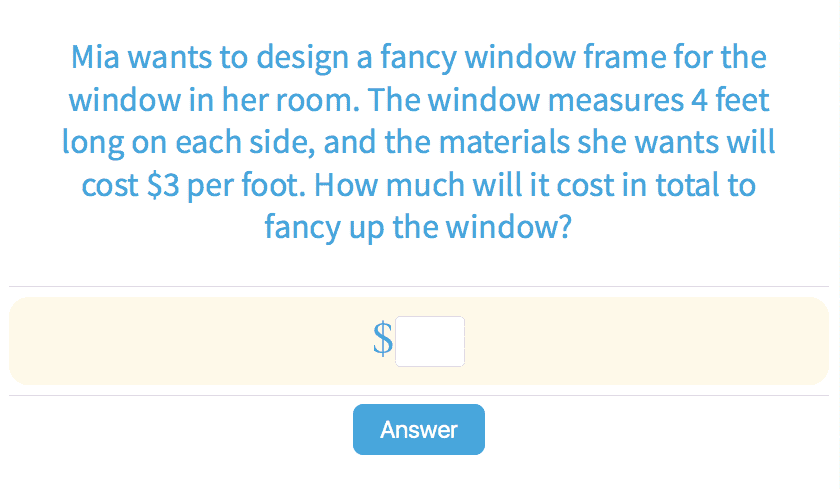
-
4.29Perimeter with Unit Squares
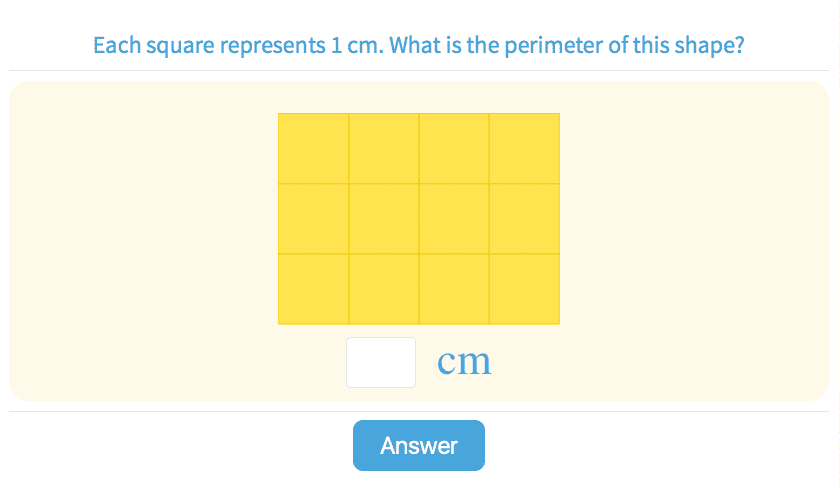
-
4.30Area of Rectangles
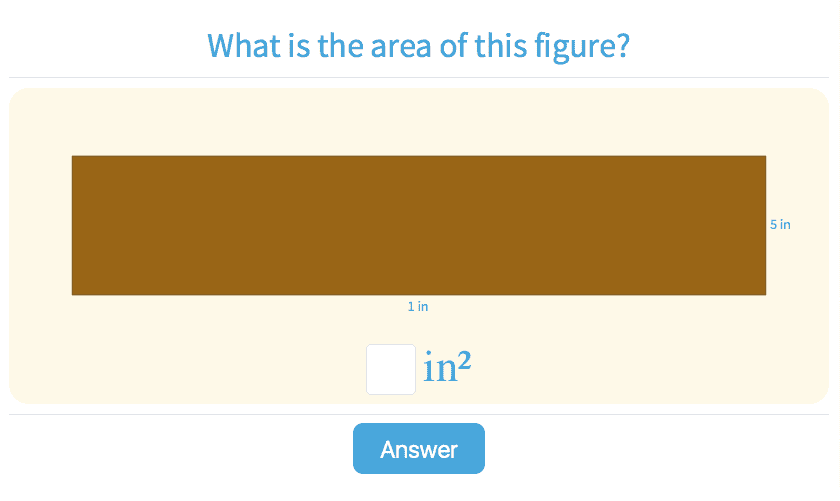
-
4.31Area with Unit Squares
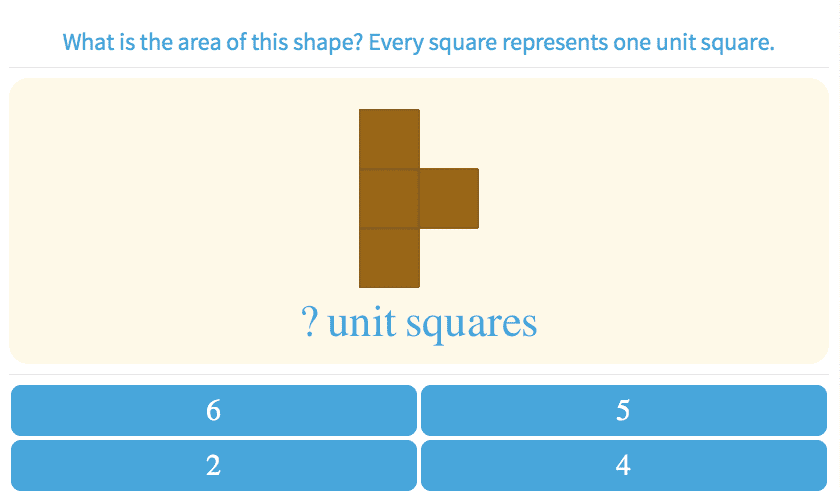
-
4.32Compare Area and Perimeter of Two Figures
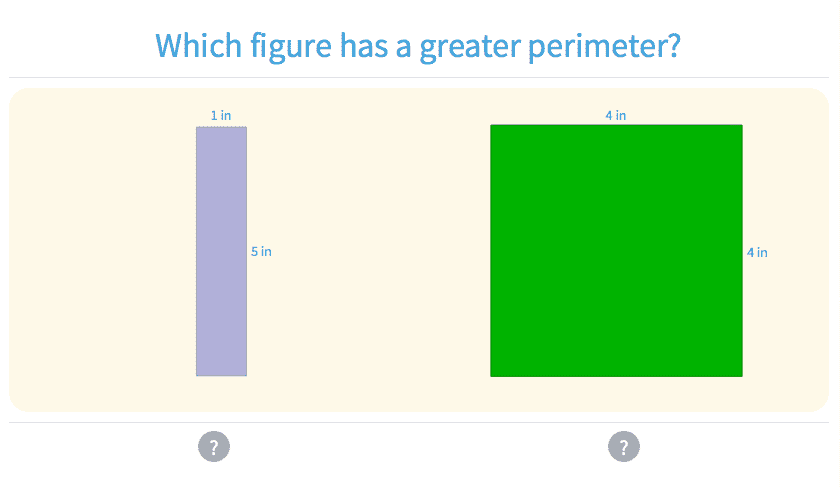
-
4.33Relationship Between Area and Perimeter
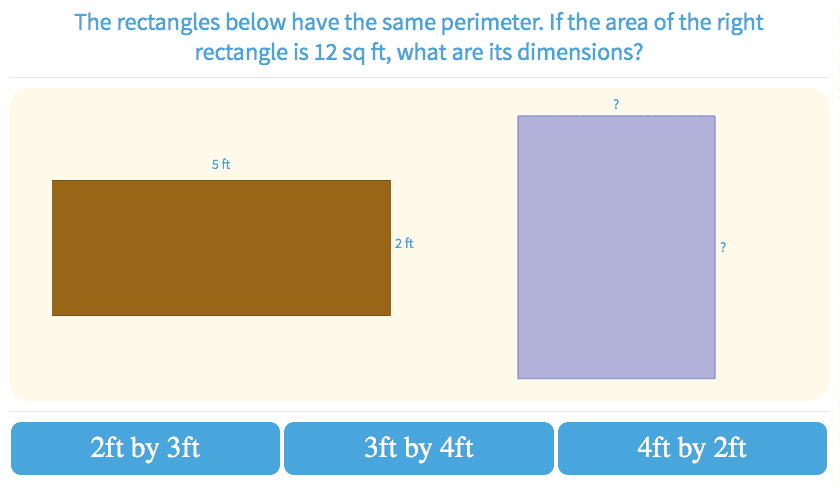
-
4.40Angles of 90, 180, 270 and 360 Degrees
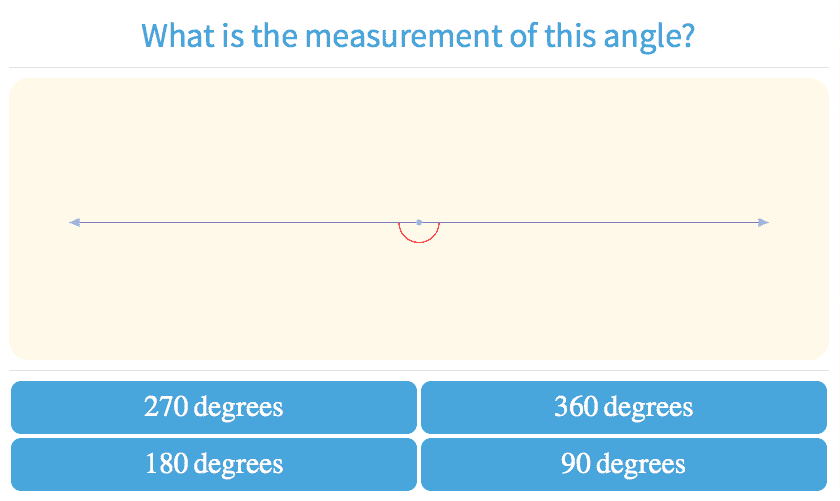
-
4.41Estimate Angle Measurements
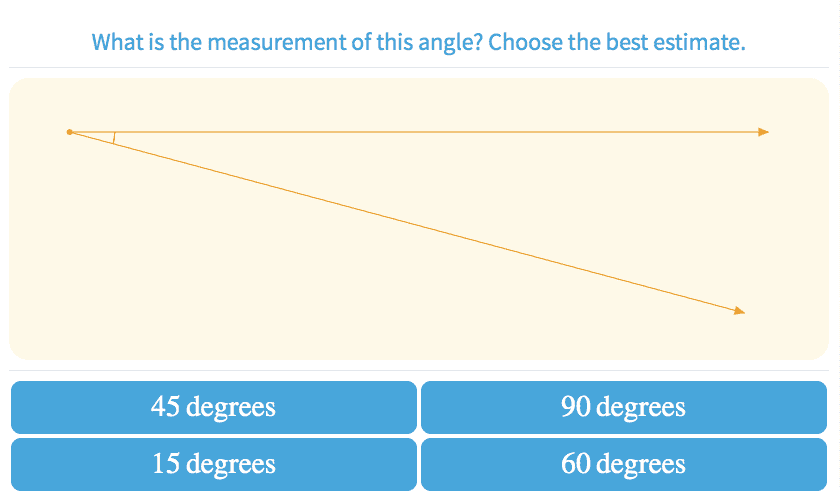
-
4.42Adjacent Angles
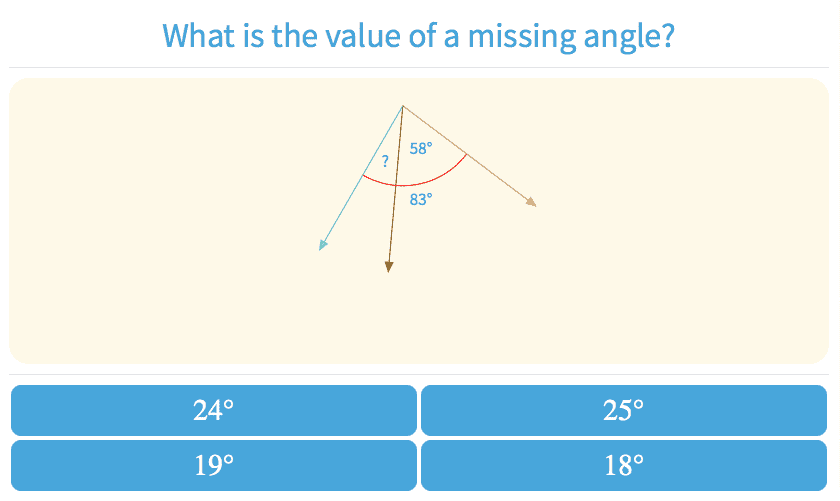
-
4.43Identify Angles
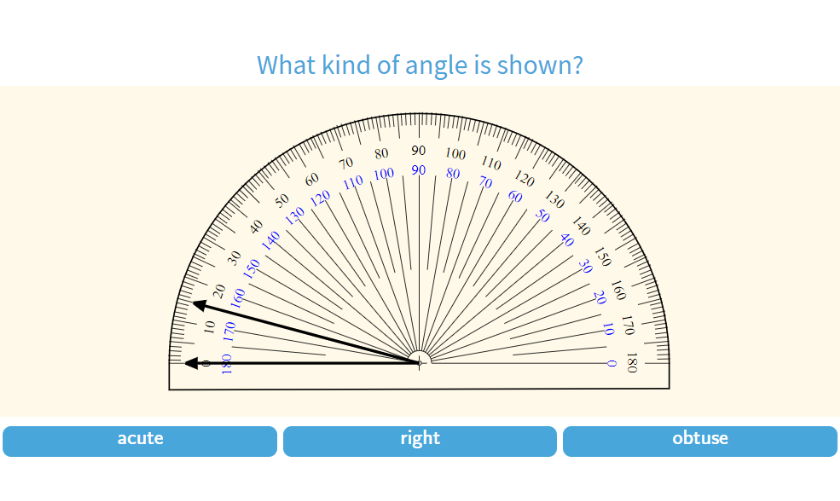
-
-
Measurement
-
4.7Compare and Convert Customary Units
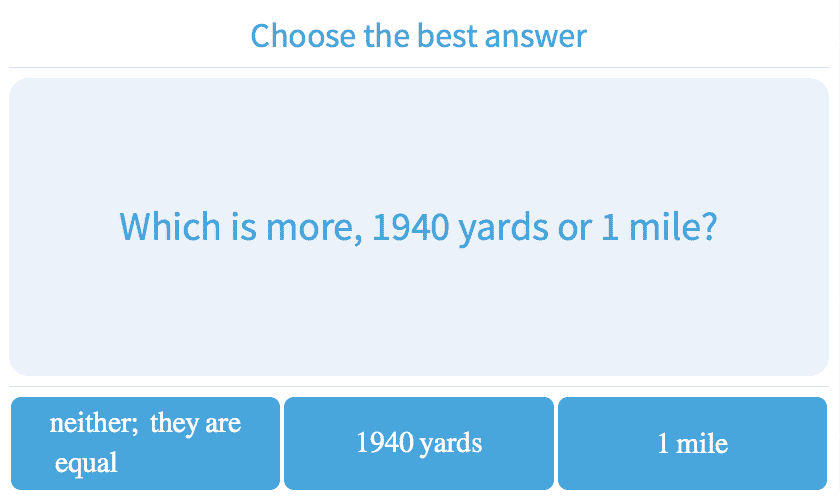
-
4.8Convert Mixed Customary Units
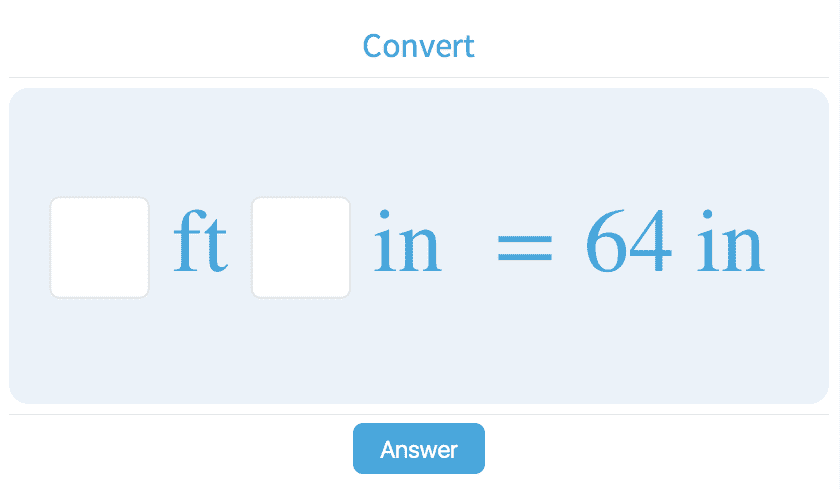
-
4.9Which Metric Unit Is Appropriate?
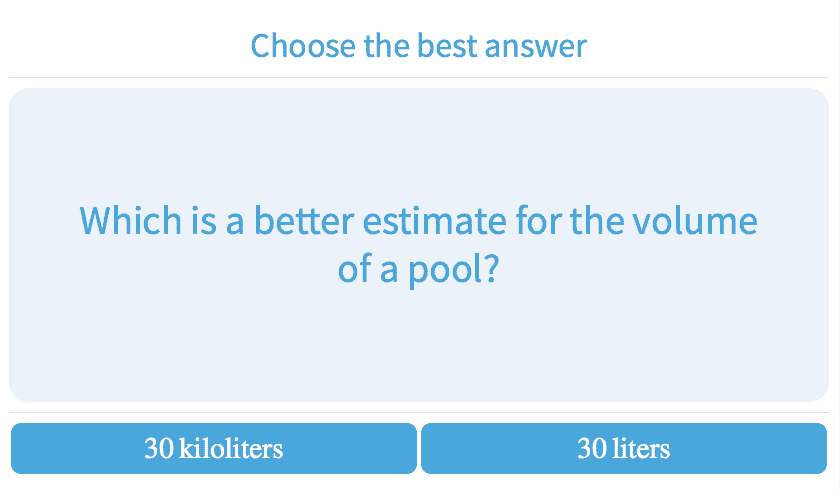
-
4.10Compare and Convert Metric Units
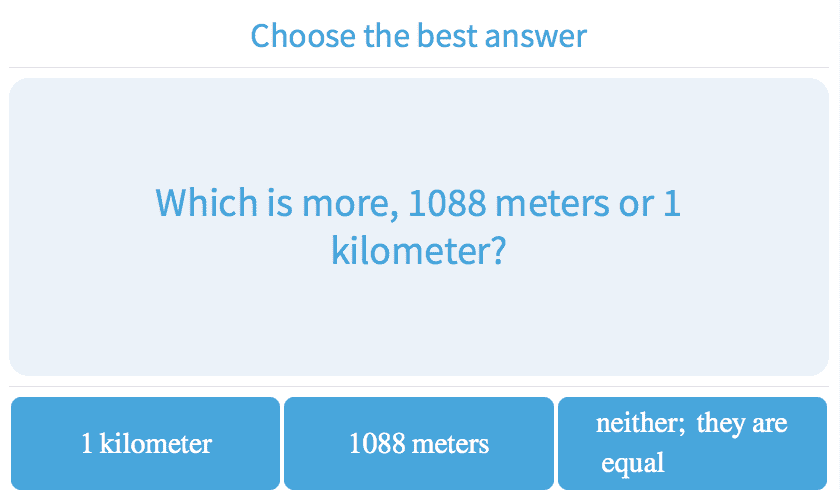
-
4.11Compare Metric Units by Multiplying
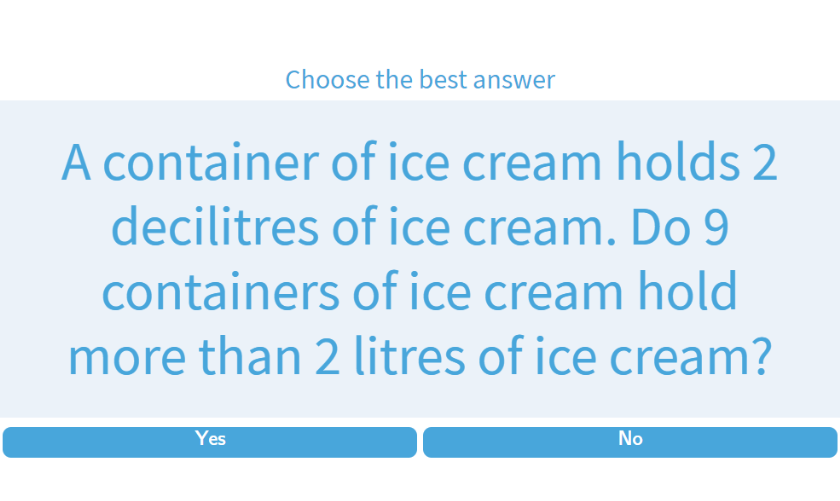
-
4.12Convert Mixed Metric Units
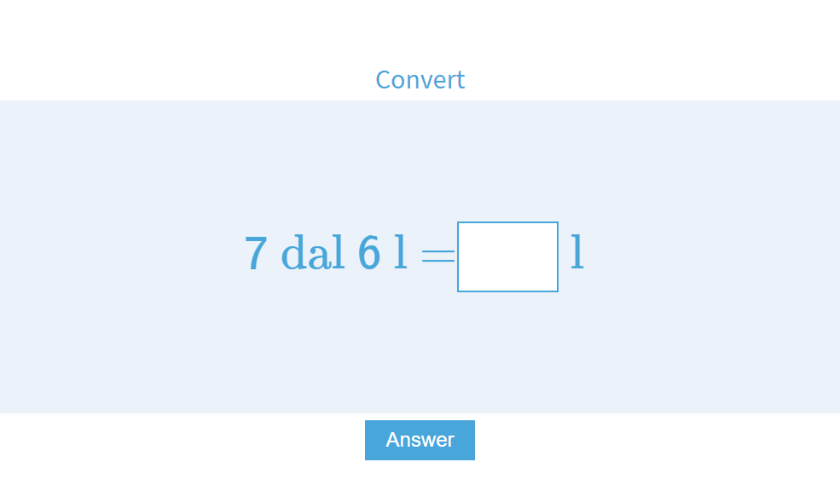
-
4.13Convert Mixed Metric Units

-
4.34Area and Perimeter
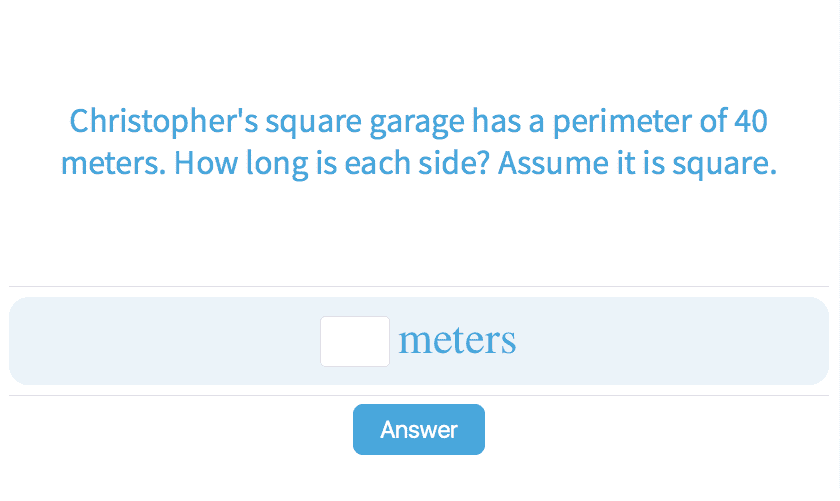
-
4.136Compare Customary Units by Multiplying
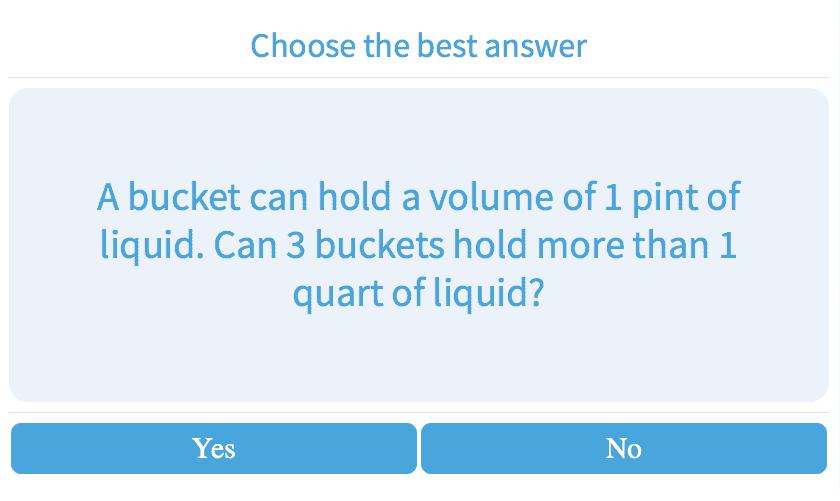
-
4.137Compare Metric Units by Multiplying

-
4.138Convert Between Metric and Customary Units
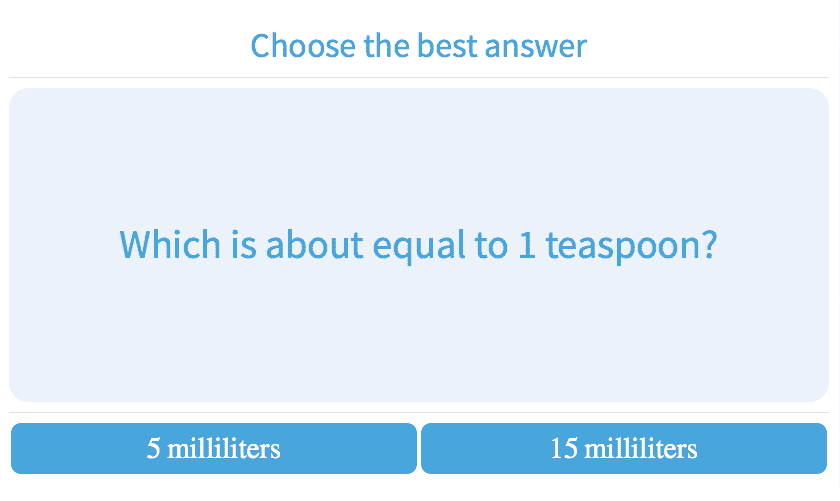
-
-
Time
-
4.15Fractions of Time Units
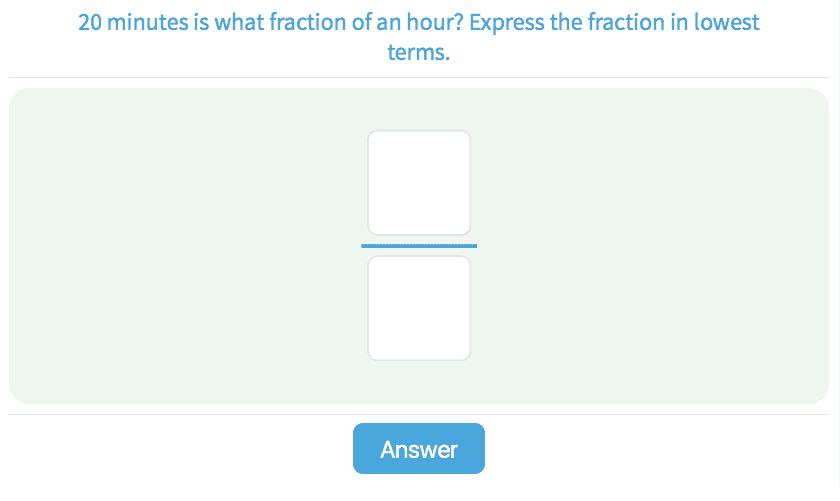
-
4.23Find the Change in Time I
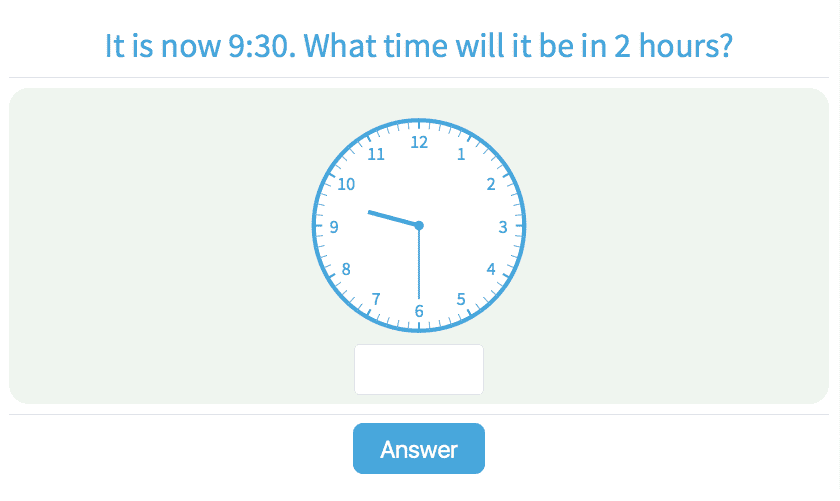
-
4.24Change in Time Review

-
4.25Find Start and End Times

-
4.26Time Patterns
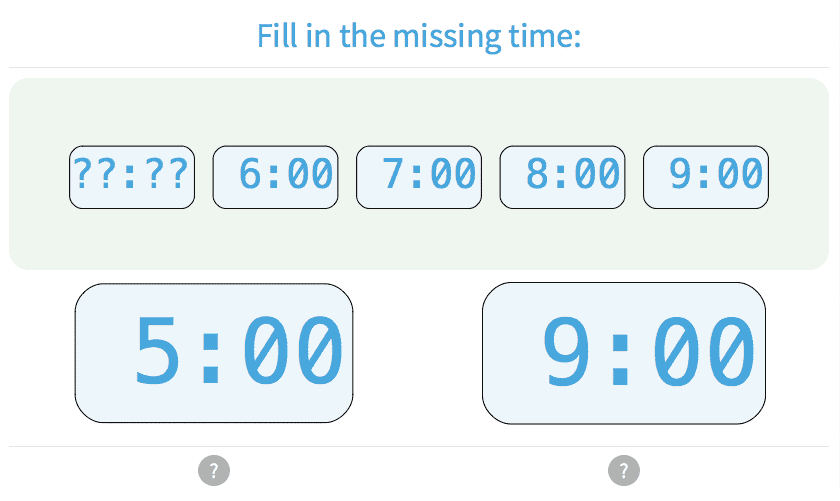
-
- Graphing
- Money
- Number Patterns
-
Decimals
-
4.27Solve Decimal Problems Using Diagrams

-
4.70Decimals with Models
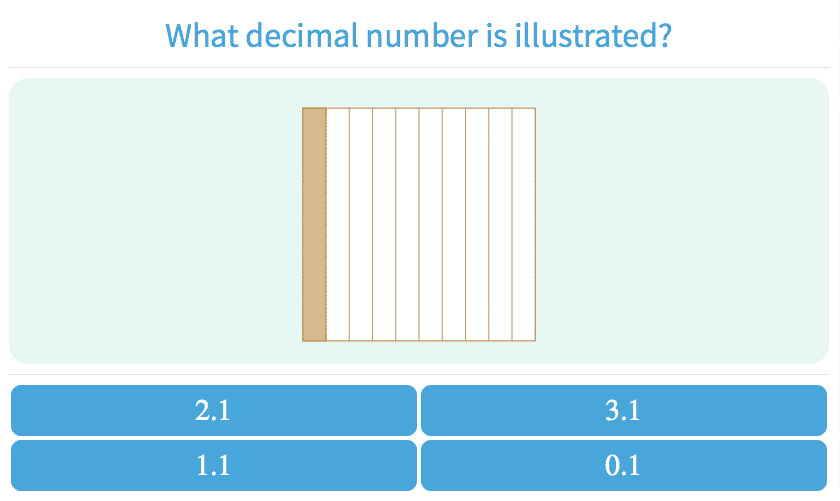
-
4.71Decimal Number Lines

-
4.72Convert Fractions and Mixed Numbers to Decimals
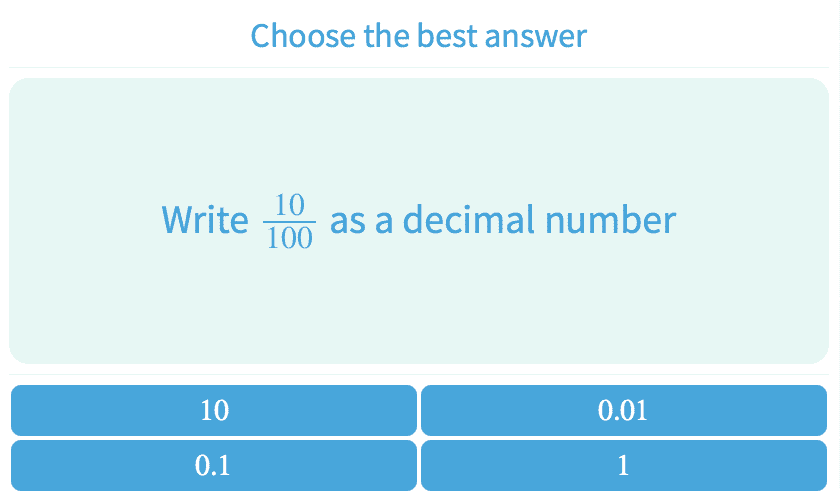
-
4.73Convert Decimals to Fractions and Mixed Numbers
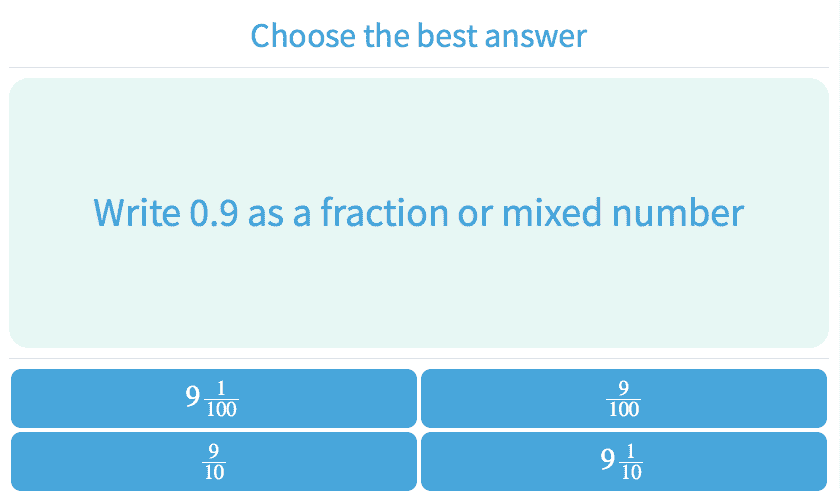
-
4.75Compare Decimal Numbers Up to 4 Places
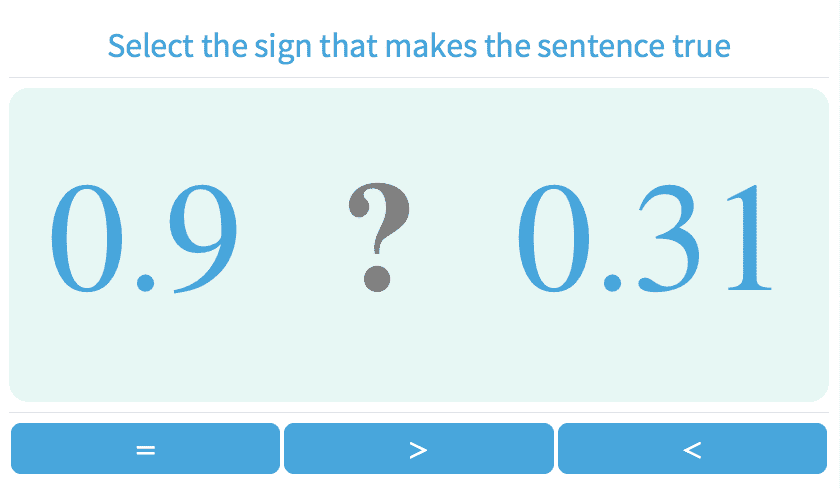
-
4.76Compare Decimal Numbers Up to 2 Places
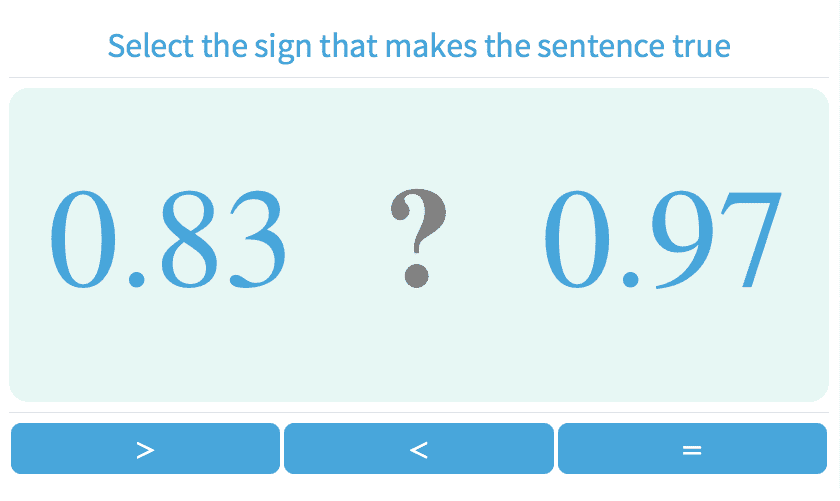
-
4.78Make Numbers with Place Value Units

-
-
Fractions
-
4.44What Mixed Fraction Is Shown?

-
4.45Compare Fractions
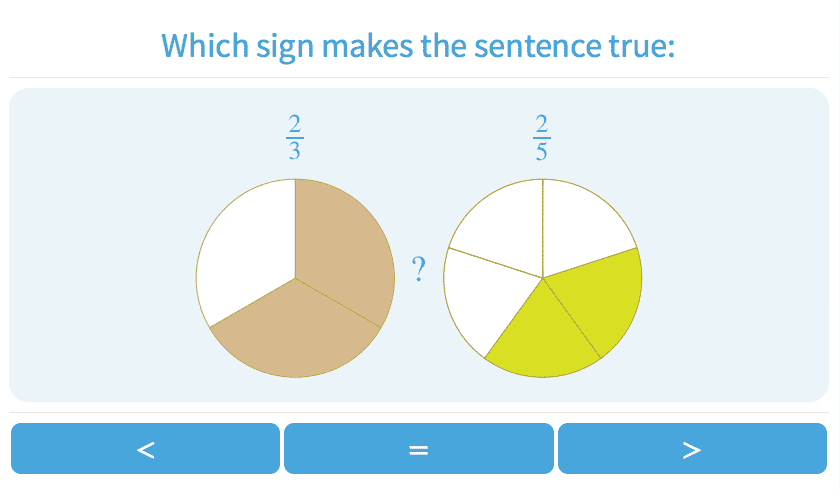
-
4.46What Fraction Does the Number Line Show?

-
4.47Choose the Equivalent Fraction Up to Twentieths
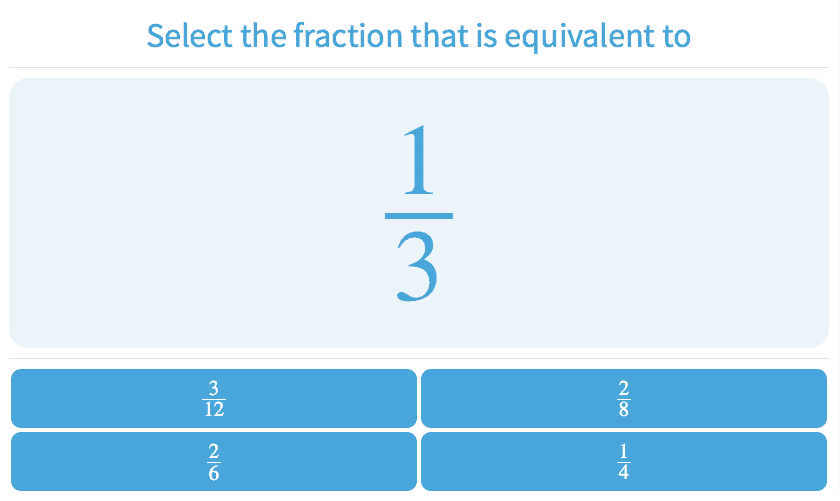
-
4.48Choose the Equivalent Fraction
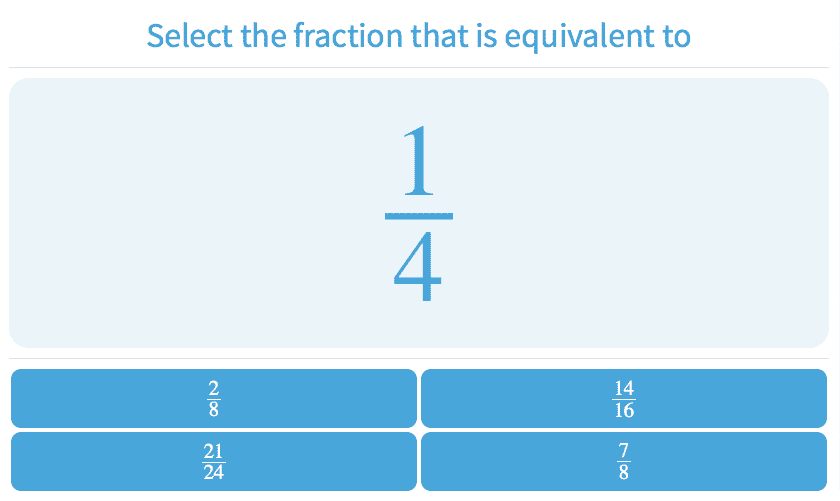
-
4.49Equal Fractions with Denominators of 10, 100, 1000
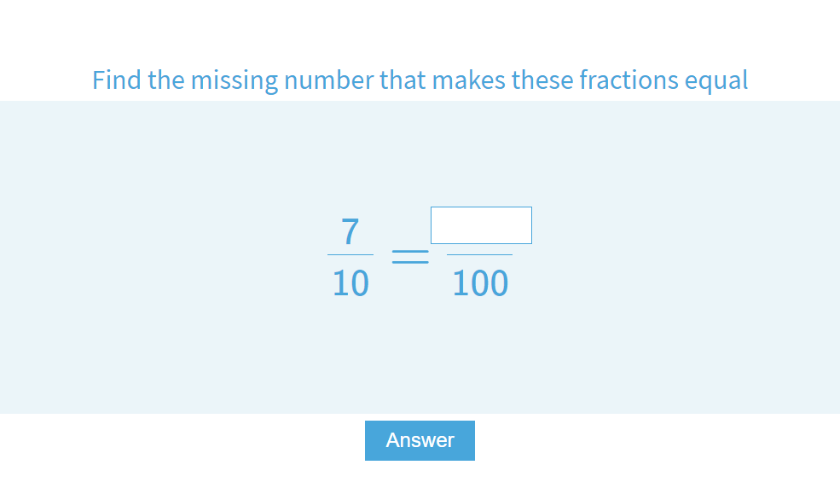
-
4.50Patterns of Equivalent Fractions

-
4.51Reducing Fractions to Lowest Terms
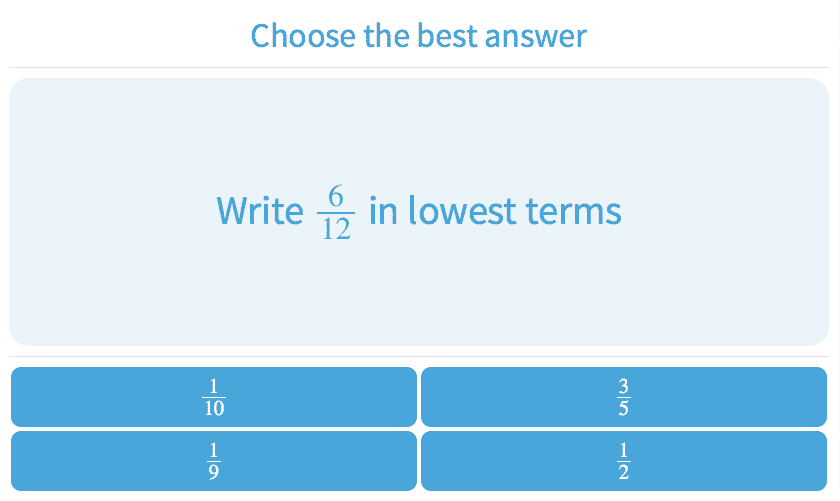
-
4.52Reduce to Lowest Terms
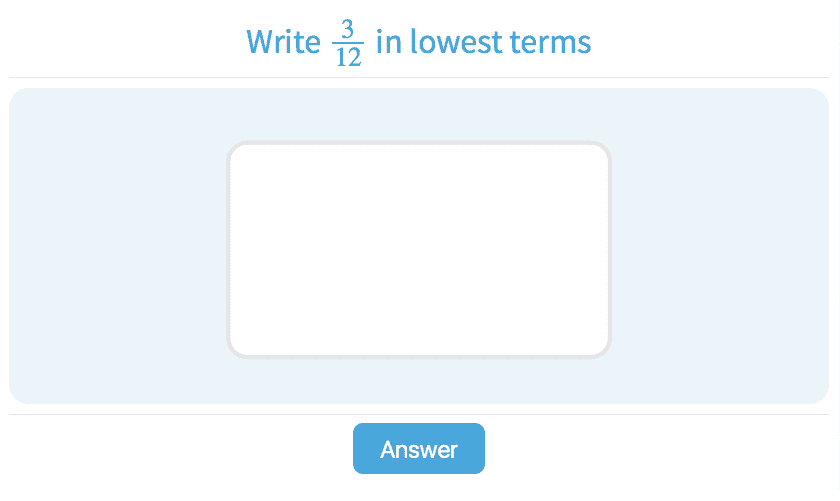
-
4.53Compare Fractions - Same Numerator or Denominator
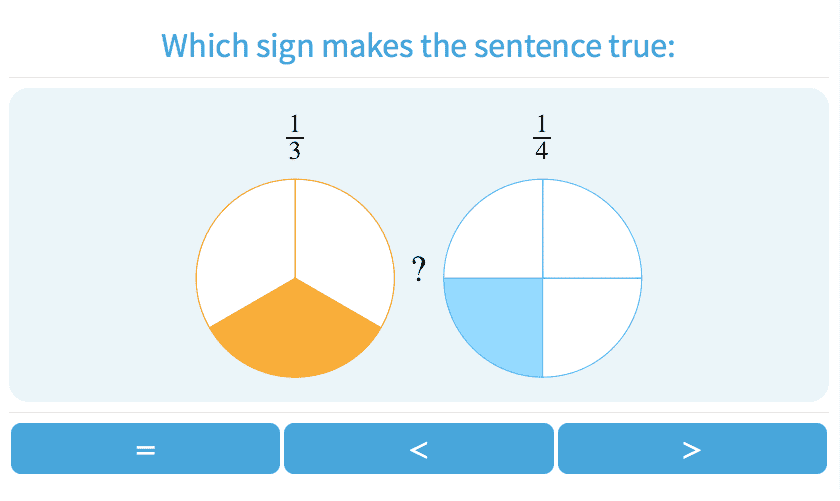
-
4.55Add Two Fractions

-
4.56Subtract Three Fractions

-
4.57Subtract Two Fractions

-
4.58Add and Subtract Fractions
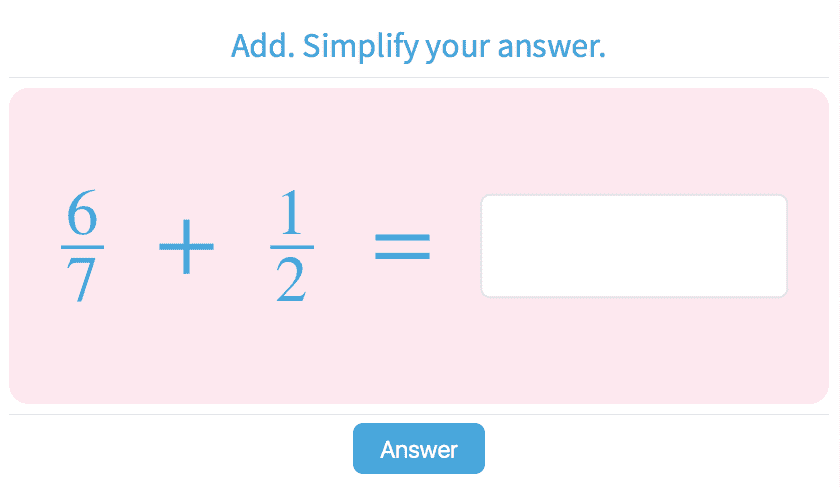
-
4.59Add Three Fractions

-
4.60Add Two Mixed Fractions

-
4.61Subtract Two Mixed Fractions

-
4.62Add, Subtract Fractions with Like Denominators
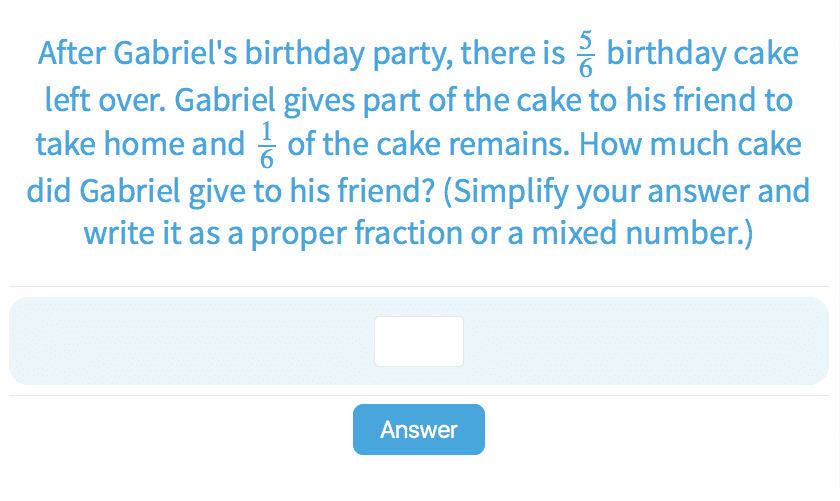
-
4.63Add Fractions

-
4.64Subtract Fractions

-
4.66Multiply Fractions by Whole Numbers
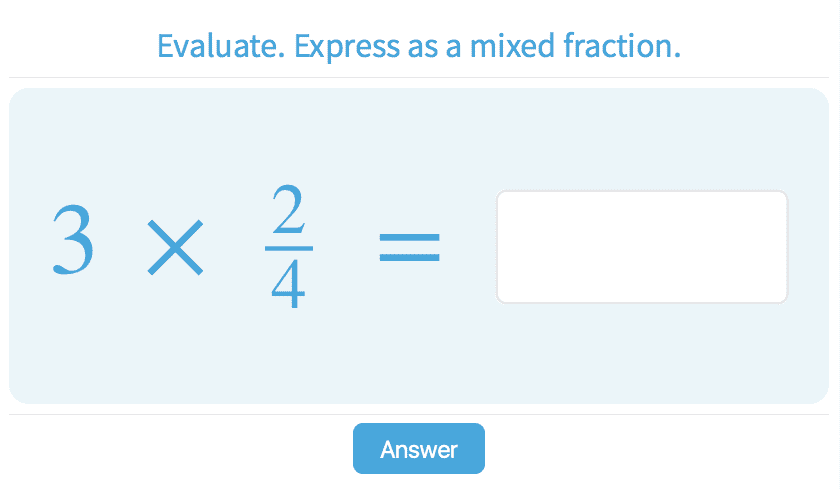
-
4.67Multiply Fractions by Whole Numbers
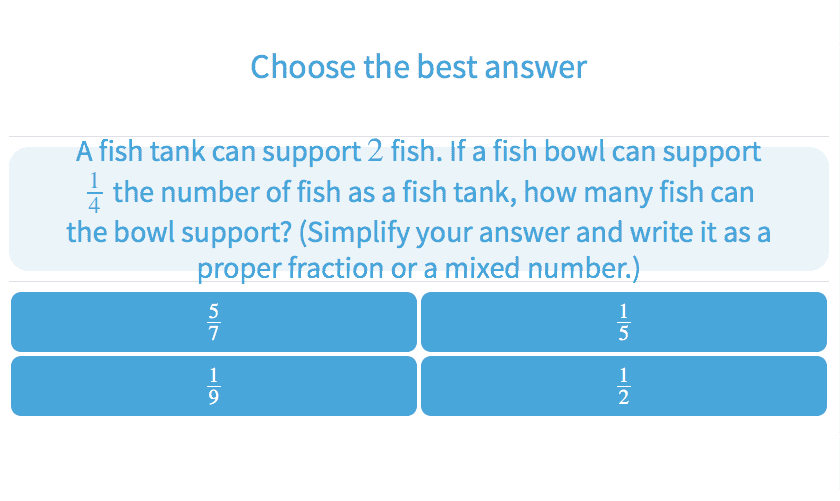
-
4.68Decompose Fractions with Denominators of 10, 100, 1000
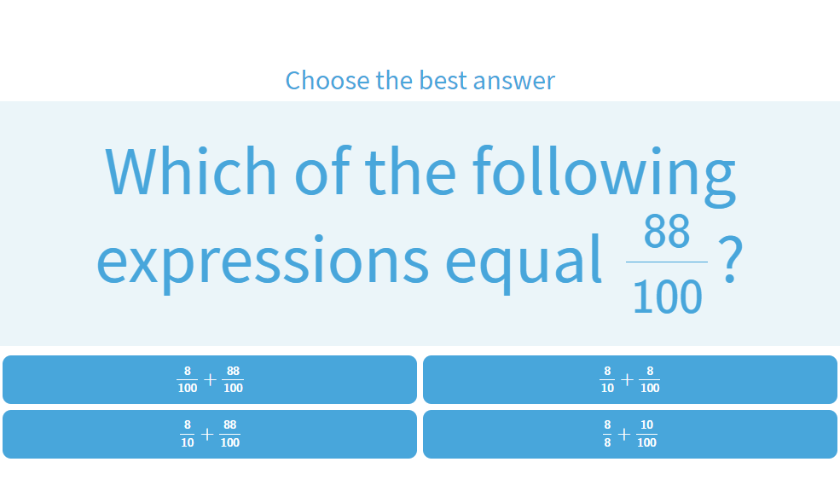
-
4.69Add Fractions with Denominators of 10, 100, 1000
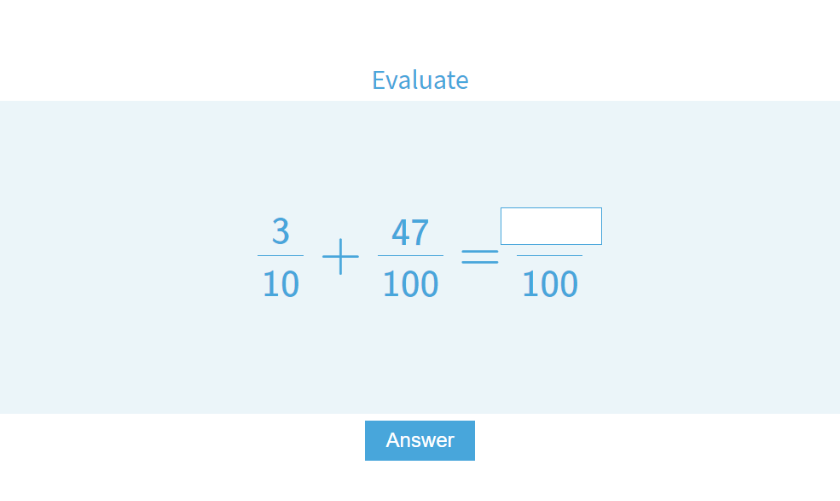
-
4.72Convert Fractions and Mixed Numbers to Decimals

-
4.73Convert Decimals to Fractions and Mixed Numbers

-
-
Number Properties
-
4.47Choose the Equivalent Fraction Up to Twentieths

-
4.48Choose the Equivalent Fraction

-
4.79Value of Underlined Digit with Numbers Up to 1000
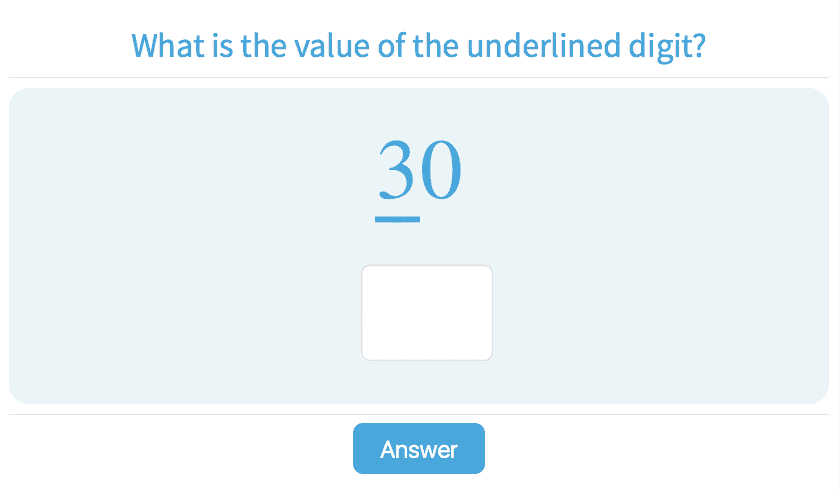
-
4.80Simplify Expanded Form
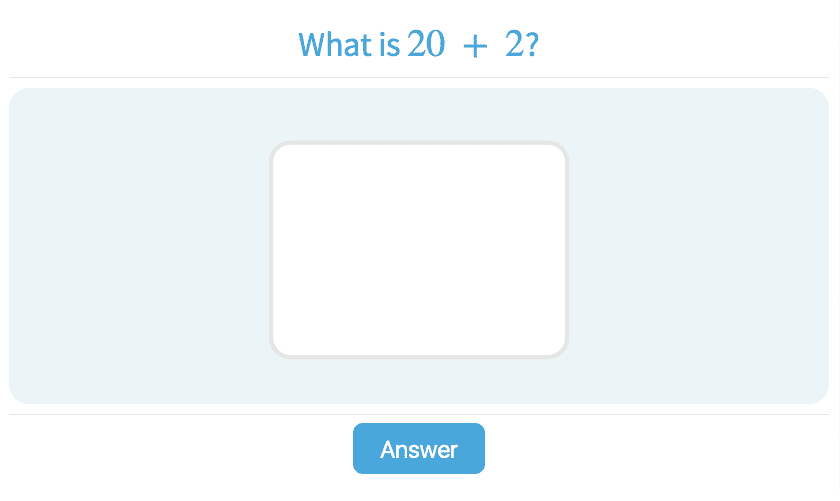
-
4.82Convert Numbers with Tens, Hundreds, Thousands
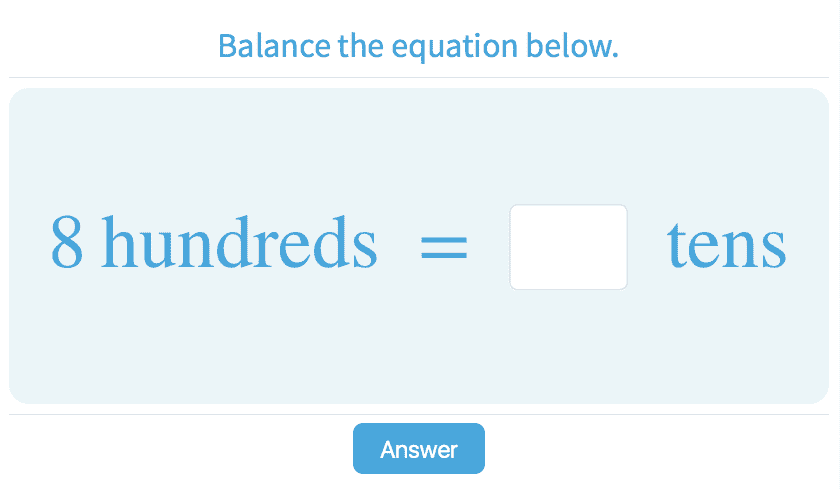
-
4.84Compare Numbers Up to 10000000
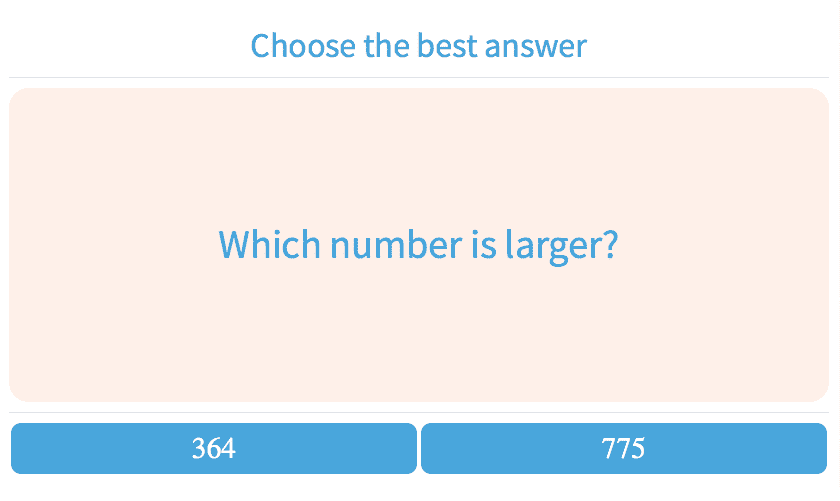
-
4.87Inequalities with Multiplication
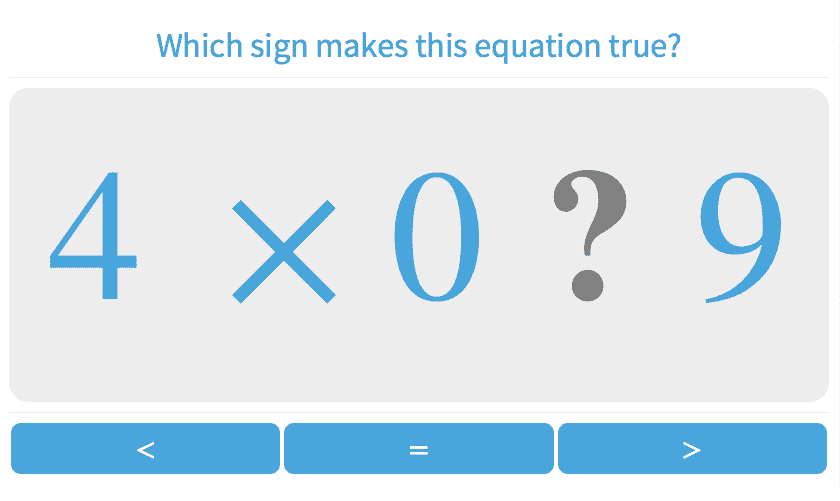
-
4.88Inequalities with Division
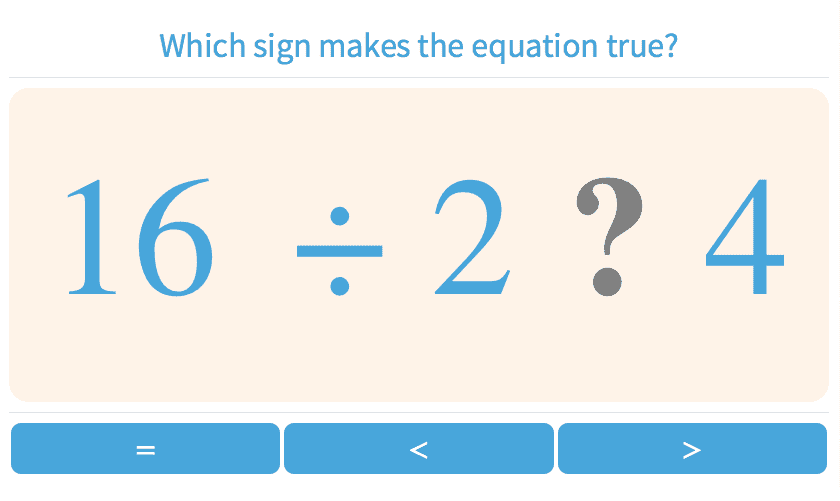
-
4.89Inequalities with Mixed Equations
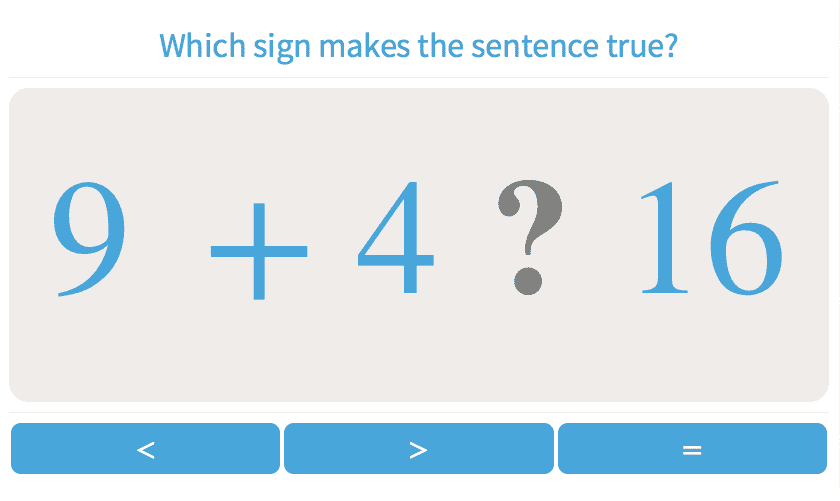
-
4.98Estimate Quotients
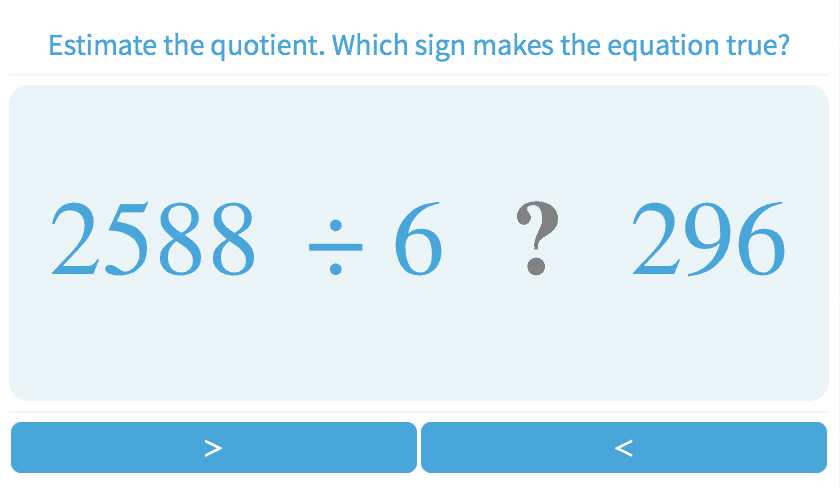
-
4.112Factors of Multiplication
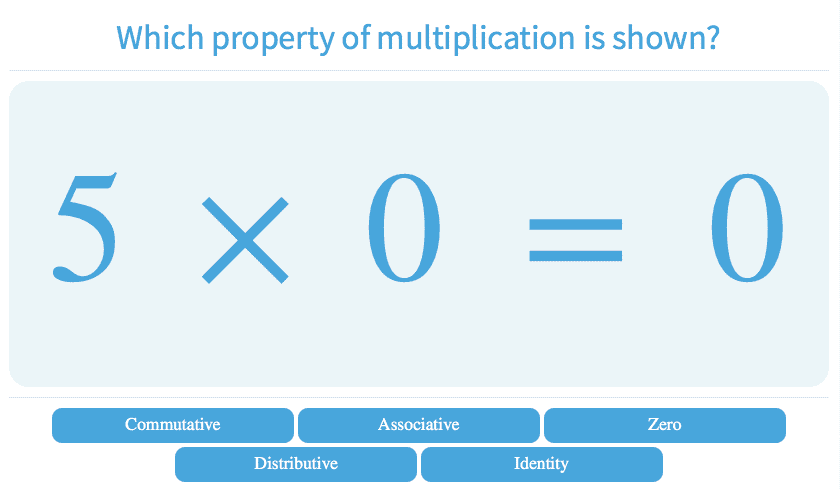
-
4.113Choose Properties of Multiplication
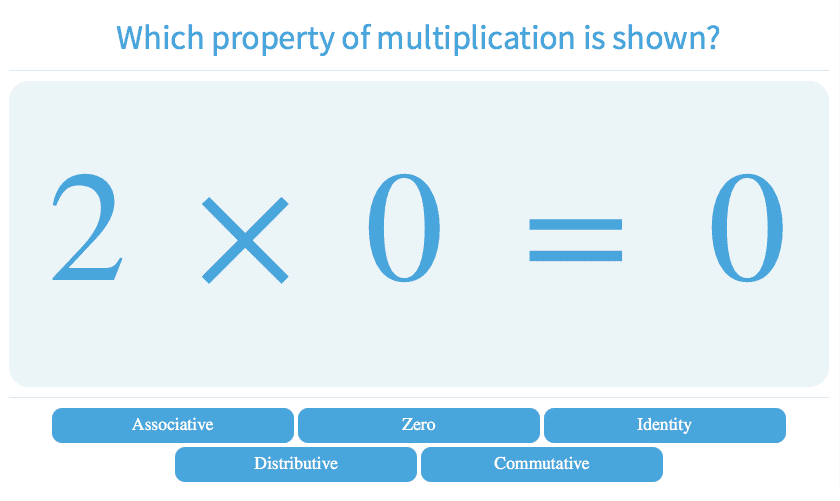
-
4.114Properties of Multiplication with Factors Up to 12

-
4.115Simplify Variable Expressions
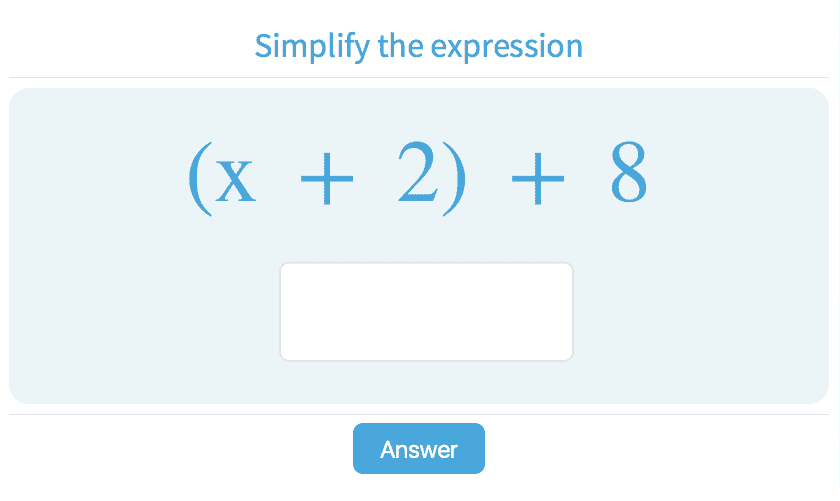
-
4.116Distributive Property
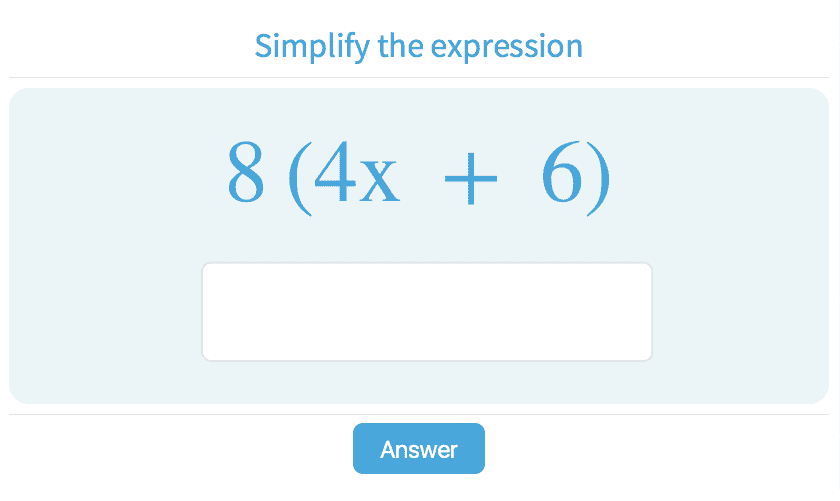
-
4.119Properties of Division

-
4.148Identify Factors
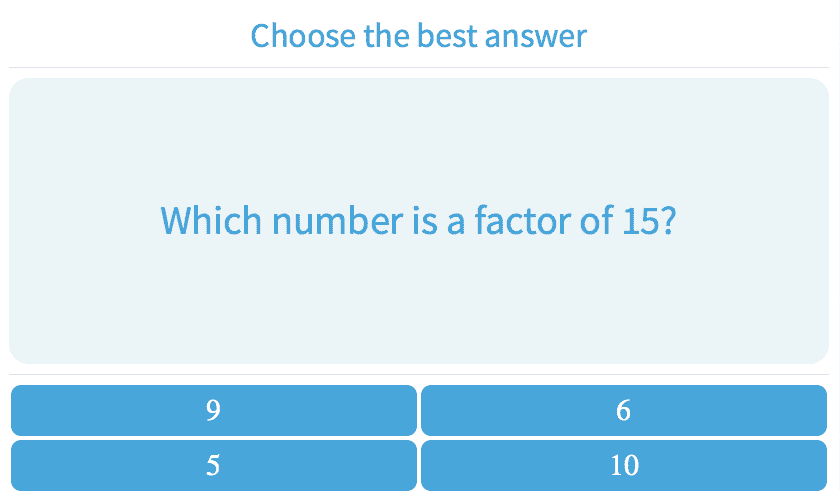
-
4.150Prime and Composite Numbers
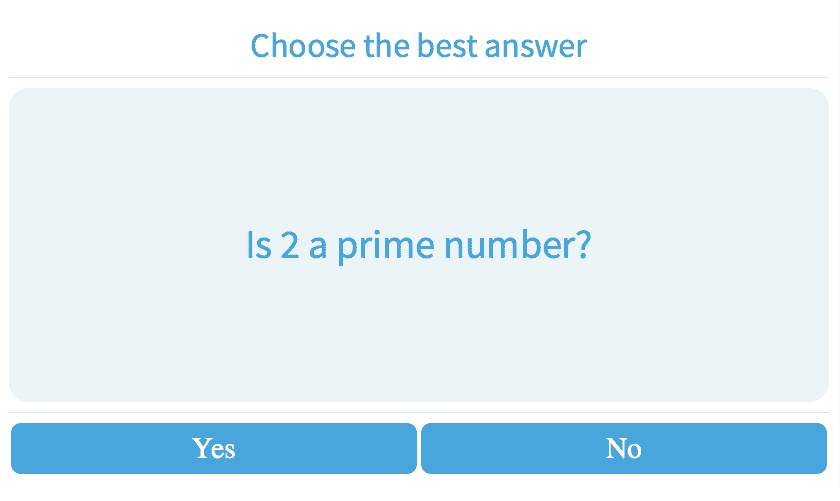
-
- Subtraction
- Addition
-
Mixed Equations
-
4.62Add, Subtract Fractions with Like Denominators

-
4.89Inequalities with Mixed Equations

-
4.115Simplify Variable Expressions

-
4.116Distributive Property

-
4.133Mixed Equation with Numbers Up to 10000
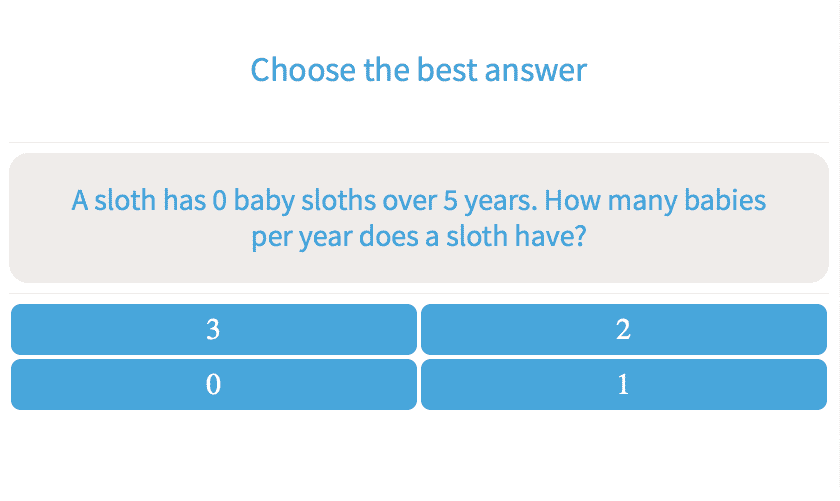
-
4.134Mixed Equation with Numbers Up to 100
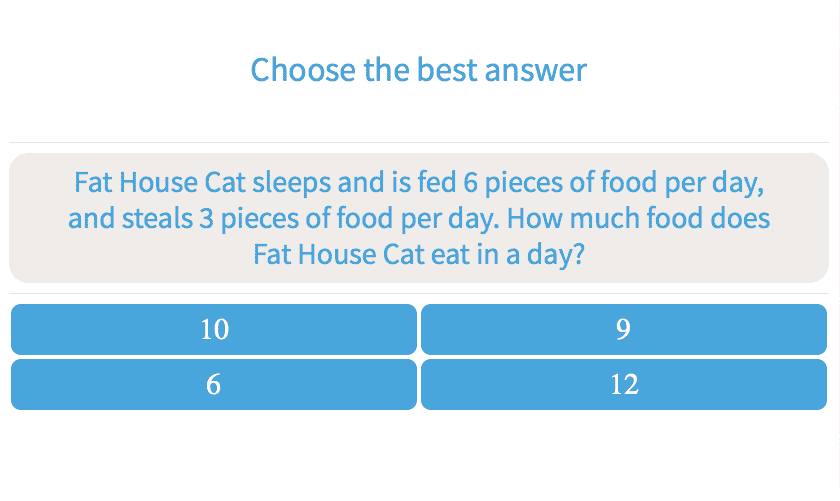
-
4.135Estimate Mixed Equations
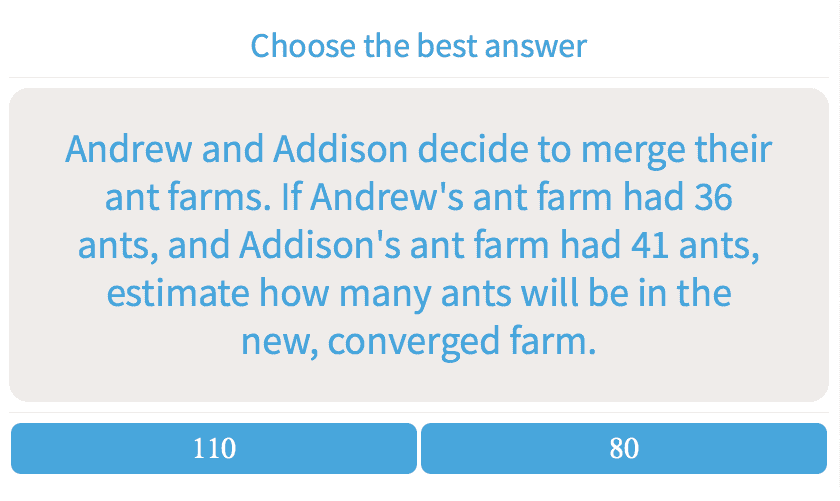
-
4.142Extra or Missing Information
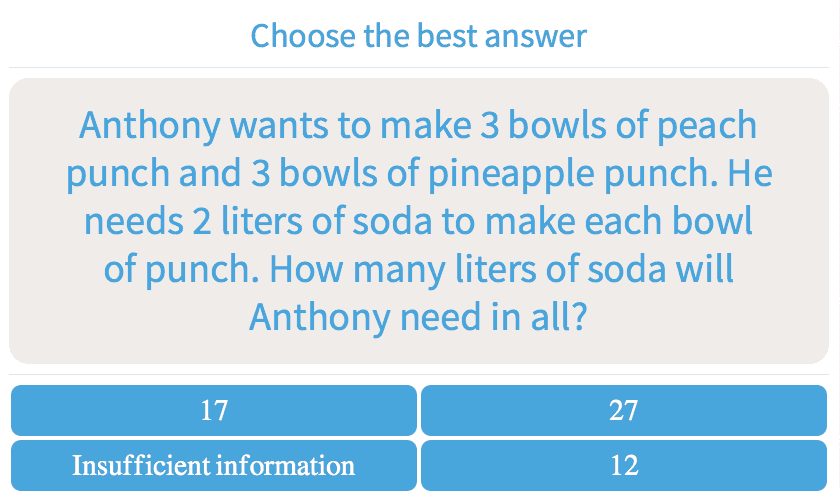
-
4.144Multi-Step

-
-
Multiplication
-
4.66Multiply Fractions by Whole Numbers

-
4.67Multiply Fractions by Whole Numbers

-
4.87Inequalities with Multiplication

-
4.96Estimate Products

-
4.108Multiply Two Numbers Up to 100
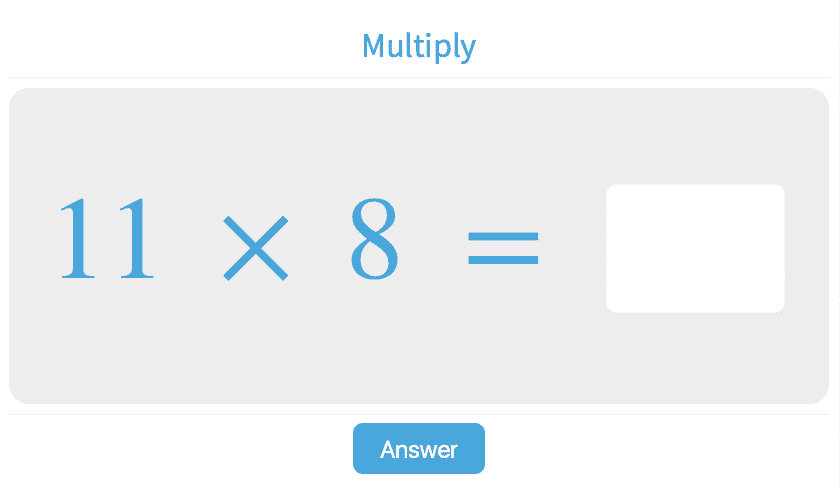
-
4.109Multiply Two Numbers Up to 500
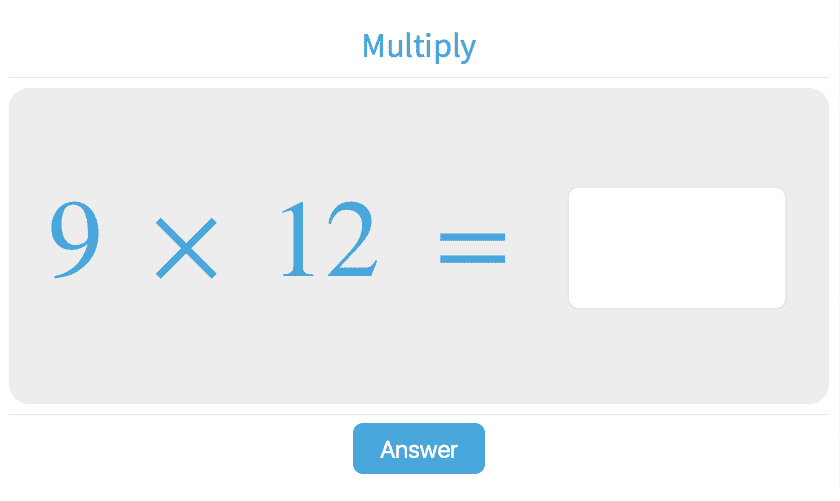
-
4.112Factors of Multiplication

-
4.113Choose Properties of Multiplication

-
4.114Properties of Multiplication with Factors Up to 12

-
4.118Multiply Numbers Up to 1000 Ending in Zeros
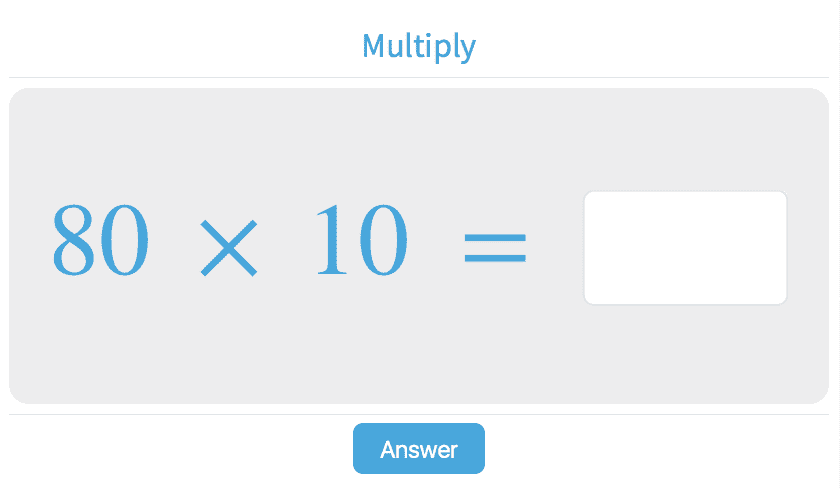
-
4.123Find Missing Factors
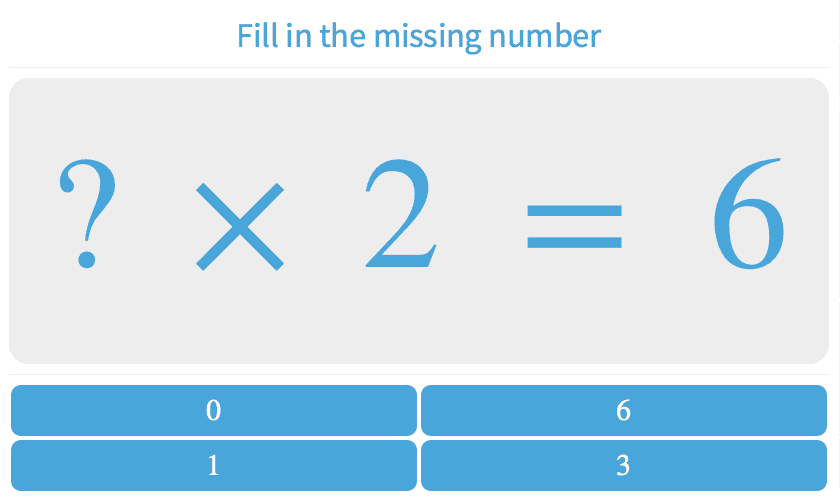
-
4.124Multiplication with Operands Up to 100 I
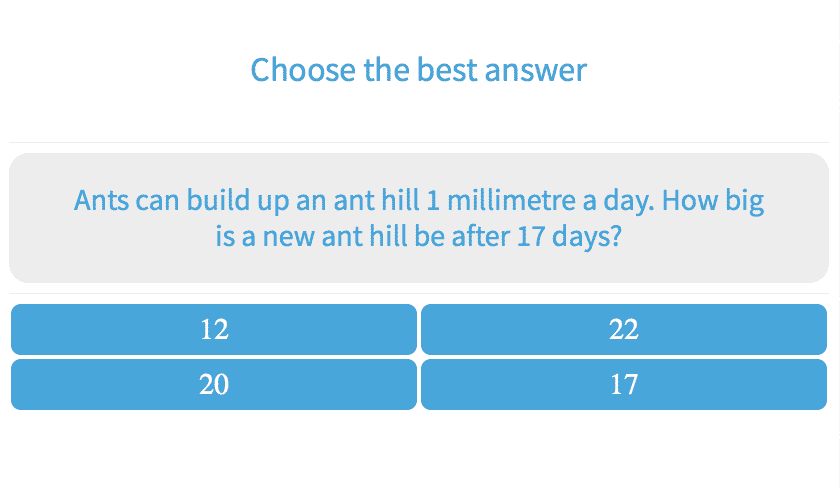
-
4.125Multiplication with Operands Up to 100 II
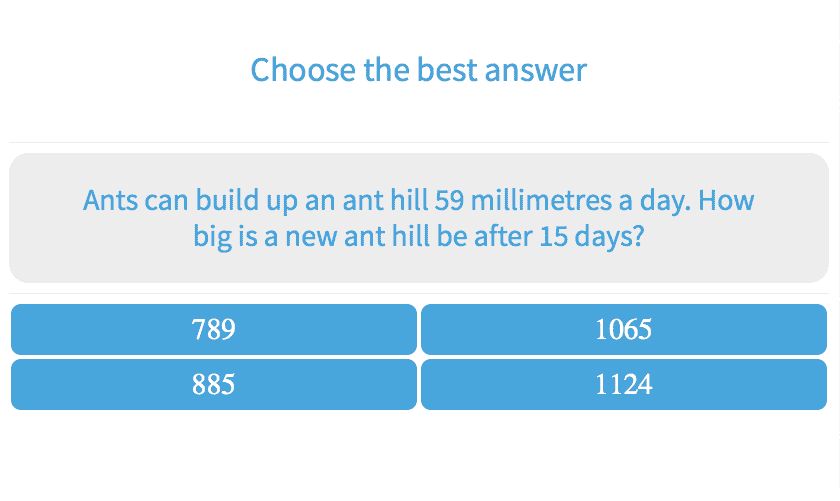
-
4.126Multiplication Up to 1000

-
4.127Multiplication with Operands Up to 100 III
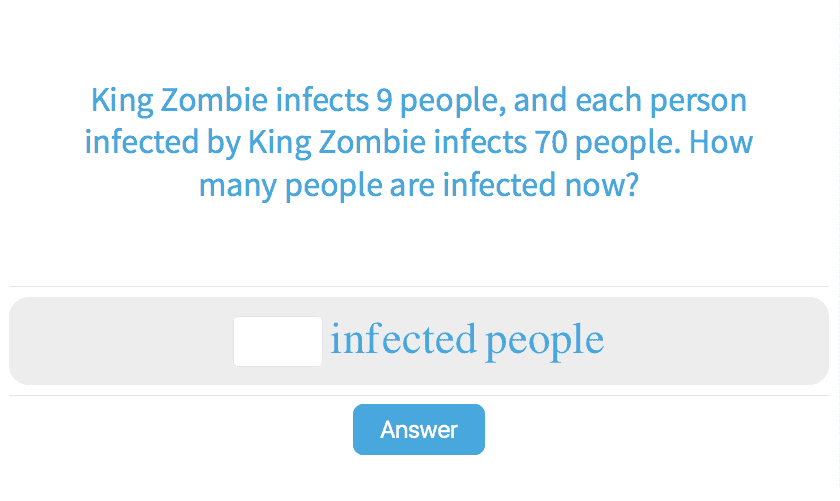
-
4.139Multiply Three or More Numbers
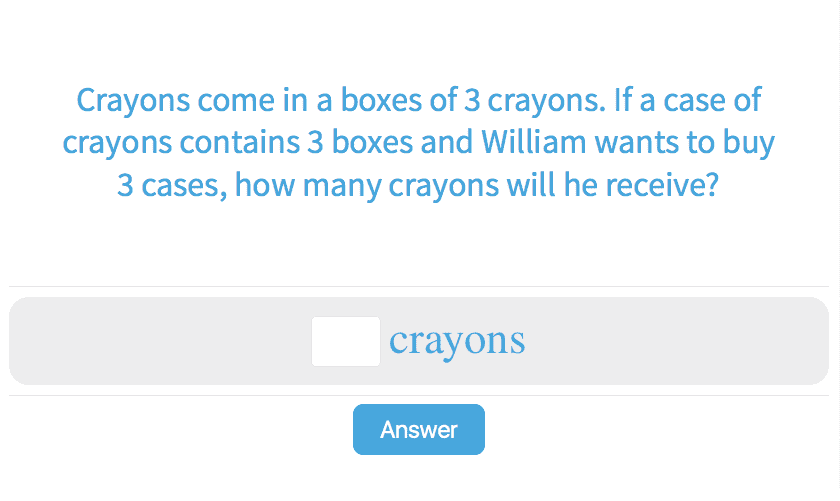
-
4.140Multiply Three or More Numbers Up to 100
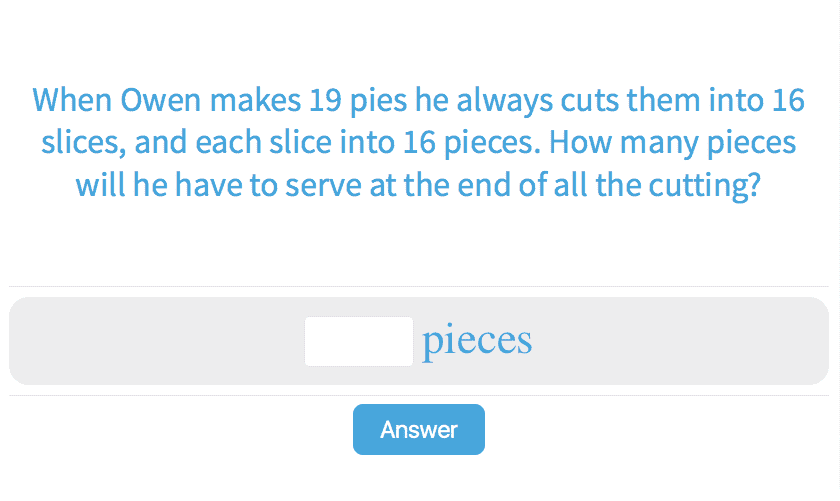
-
- Comparison
- Counting
-
Division
-
4.88Inequalities with Division

-
4.119Properties of Division

-
4.120Division with Remainder with Numbers Up to 500
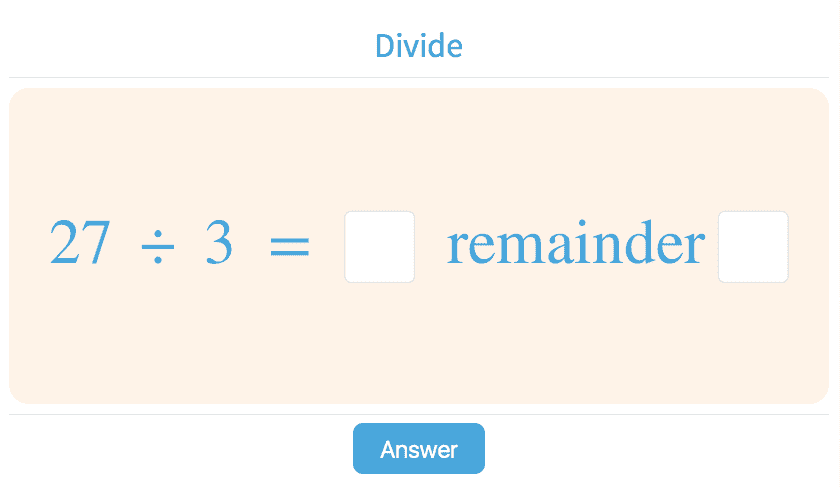
-
4.122Division with Remainder with Numbers Up to 1000
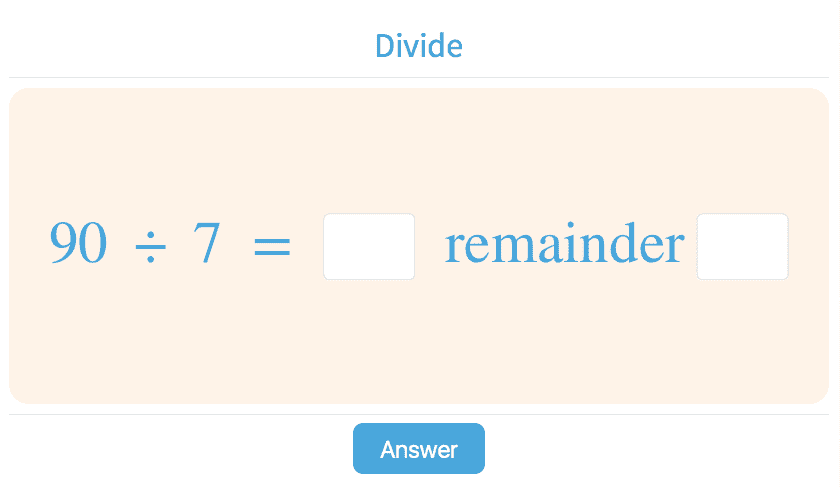
-
4.128Division with Divisors Up to 100

-
4.129Division with Dividends Up to 60
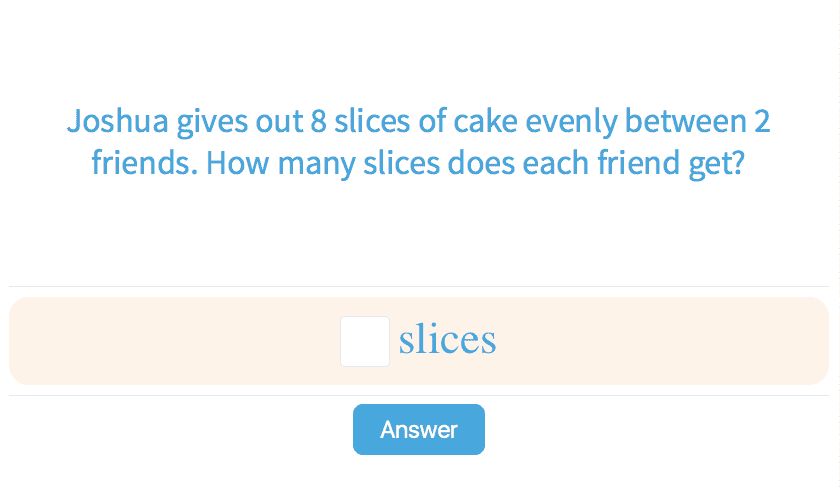
-
4.130Division with Divisors Up to 200

-
4.131Division with Dividend Up to 1000
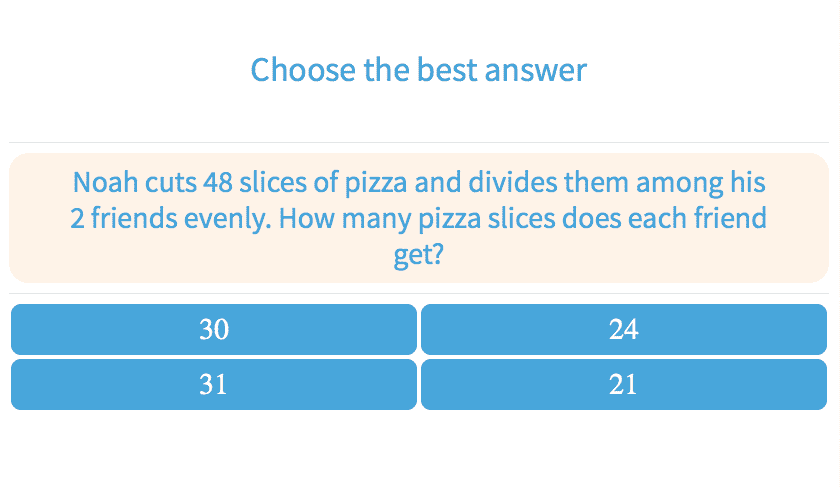
-
4.132Division with Divisors Up to 100 II

-
4.141Interpret Remainders

-
-
Estimation
-
4.90Rounding with Numbers Up to 5000
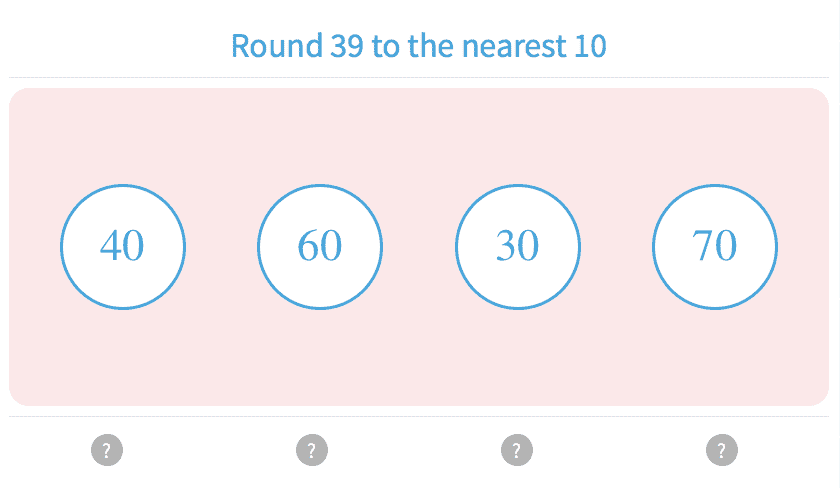
-
4.91Rounding with Numbers Up to 100,000

-
4.92Estimate Sums with Numbers Up to 100,000
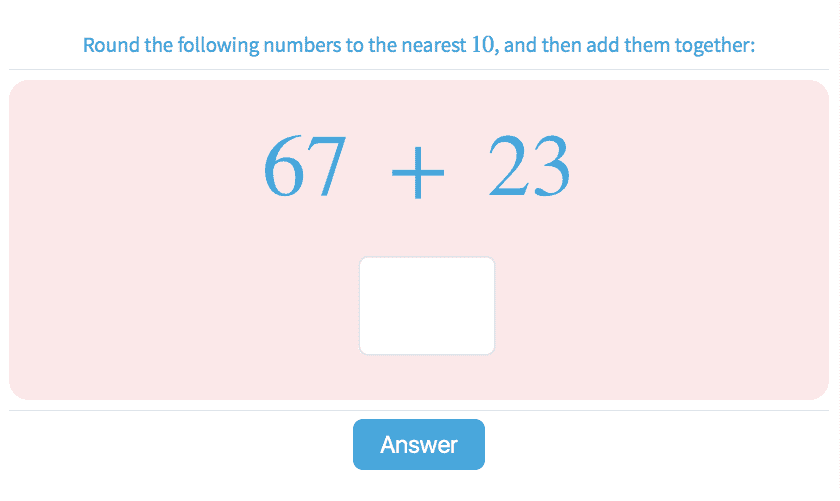
-
4.93Estimate Sums

-
4.94Estimate Differences
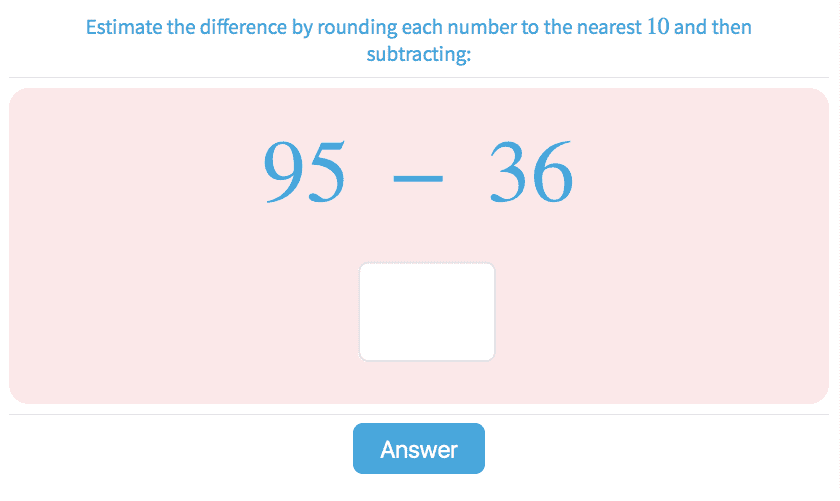
-
4.95Estimate Differences
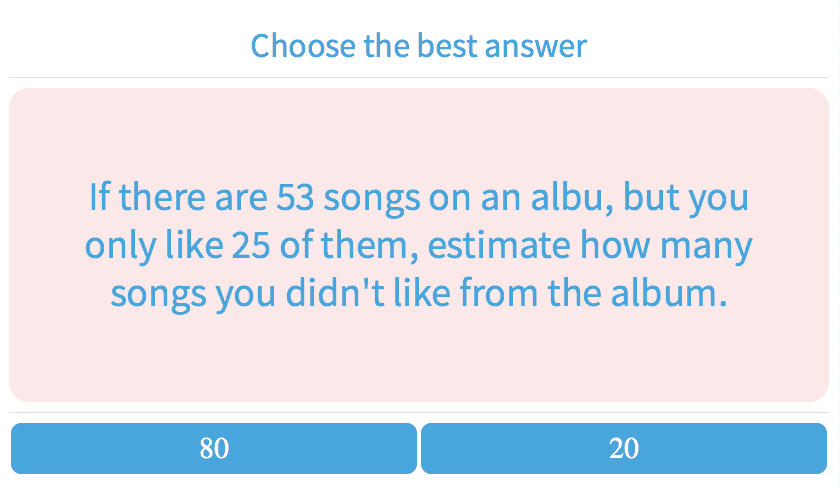
-
4.97Estimate Products Up to 100,000
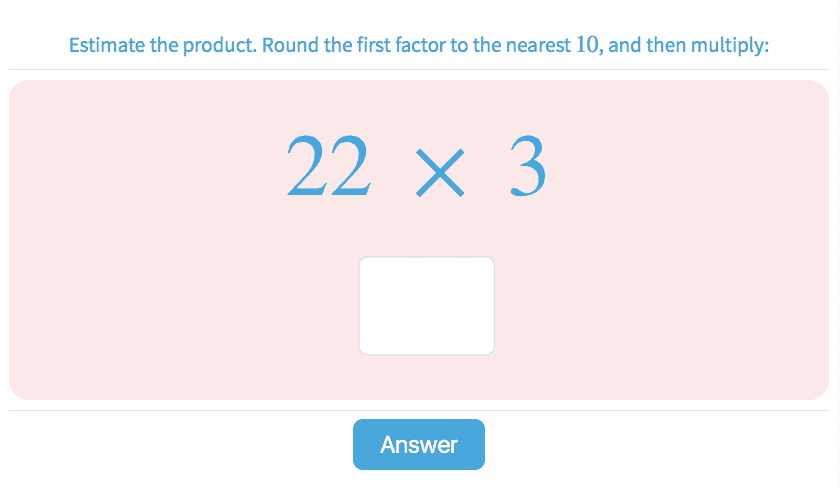
-
4.98Estimate Quotients

-
4.99Estimate Quotients Up to 1000
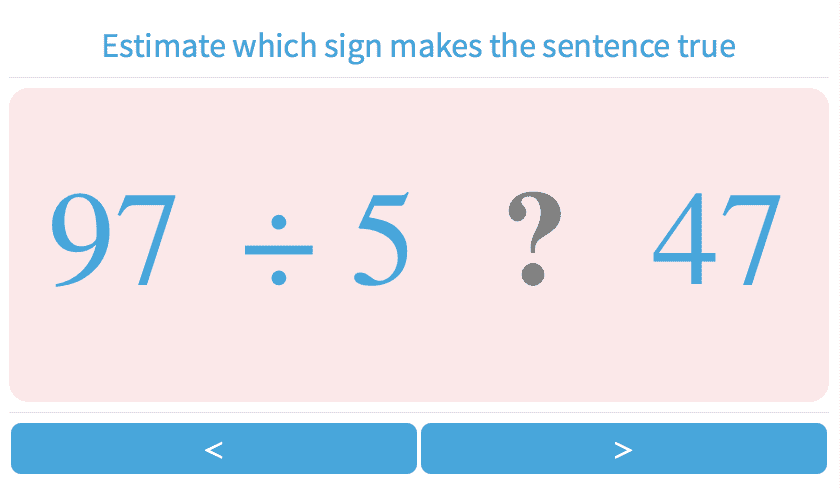
-
4.100Estimate Quotients Up to 10,000
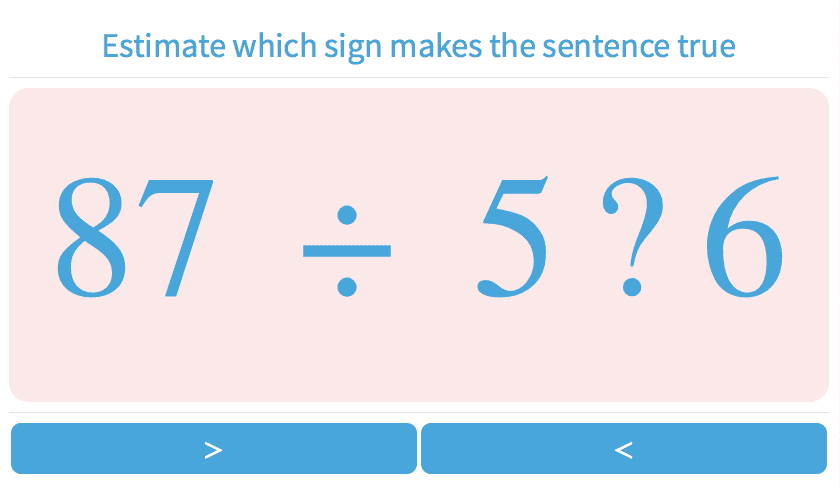
-
4.135Estimate Mixed Equations

-
- Algebra
Students are entering a new section of math that consists of algebra, geometry, decimals, and more complicated division problems. When there is not a parent or teacher around, students have access to on-demand videos for their sixth-grade mathematical lessons. Our video tutorials are taught by math teachers who go through the problem solving process.
- The key to learning math is repetition, and our math teachers go through multiple examples.
- Math teachers show students step-by-step directions on how to solve these more complex problems.
- Students learn money, ratios, decimals, graphing, and other concepts from the 6th grade curriculum.
